iBasso DX240 DAP Review

iBasso DX240 DAP Review
Introduction:
iBasso is Chinese company that is specialized in the Portable Audio products such like Digital Audio Players (DAP), Portable Amplifiers and In-Ear Monitors. The company celebrates its 15th Anniversary with the brand new DX240 Digital Audio Player, which is the successor of the very popular DX220 that we have reviewed for you. The design looks pretty similar to those of the DX160, which was on of our favorite Mid-Range HiFi Audio Players.
The DX240 is equipped with the flagship ES9038Pro DAC chip and supports the company’s interchangeable amp module design. It comes with the stock AMP1 MK3 balanced module and will be compatible with the AMP1 up to the AMP8 modules. Moreover, the DX240 offers full 16x MQA decoding, a 5” 1080p Full HD display, Open Android 9.0 OS, and many more features.

Disclaimer:
I would like to thank iBasso for providing me the DX240 as review sample. I am not affiliated with iBasso beyond this review and these words reflect my true and unaltered opinions about the product!
Price & Availability:
The current price of the iBasso DX240 is $919.00 USD. For more information’s please visit the link below;
- iBasso Official Webpage: http://www.ibasso.com/
Package and Accessories:
The DX240 came in a green box that has a cardboard sleeve in silver, which features a surface with a nice iridescent effect.
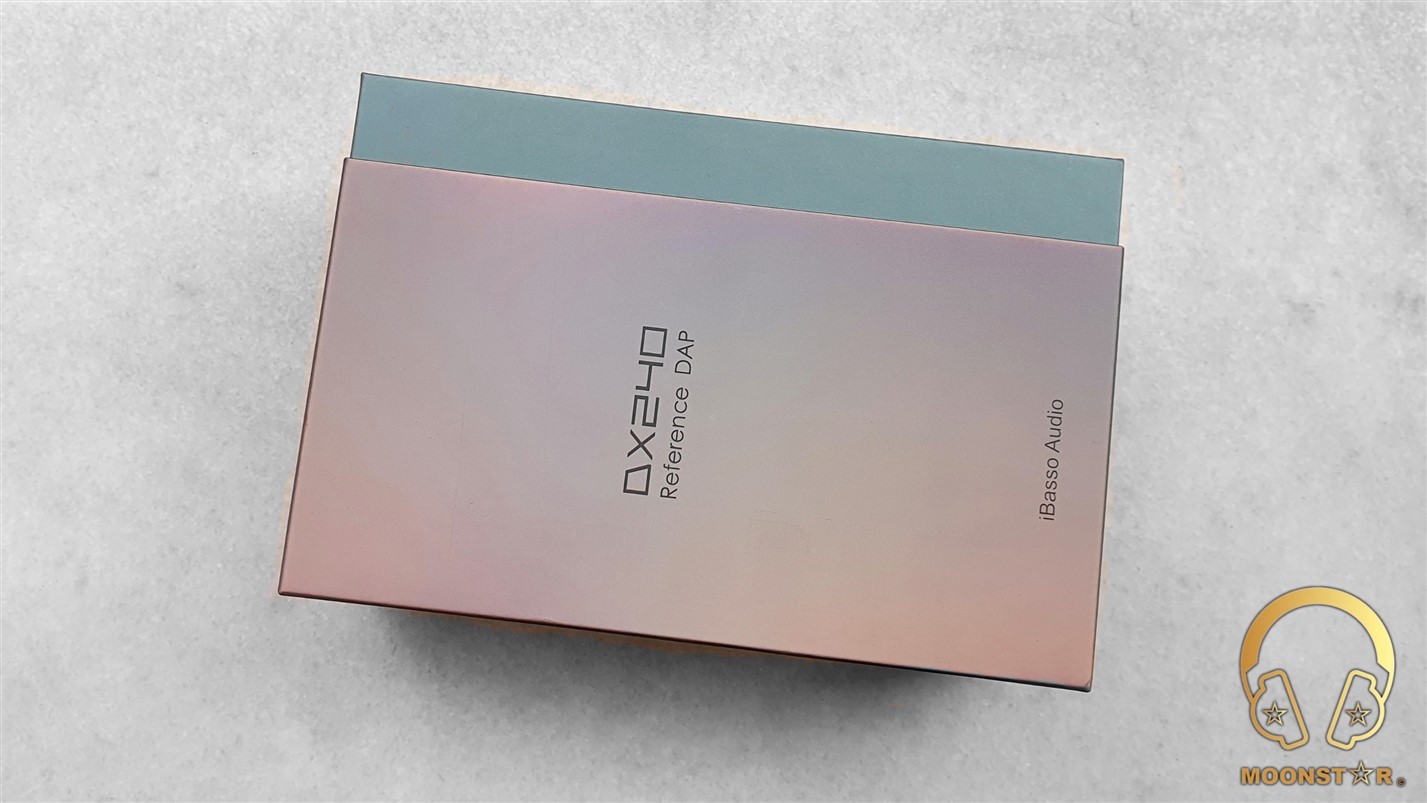
This box is containing the following items/accessories;
- 1 x iBasso DX240 HiFi Player
- 3 x Screen protective films
- 1 x Silicone Case
- 1 x USB Type-C Charging/Data Cable
- 1 x Coaxial (SPDIF) Cable
- 1 x Burn-In Cable
- 1 x User Manual
- 1 x Warranty Card
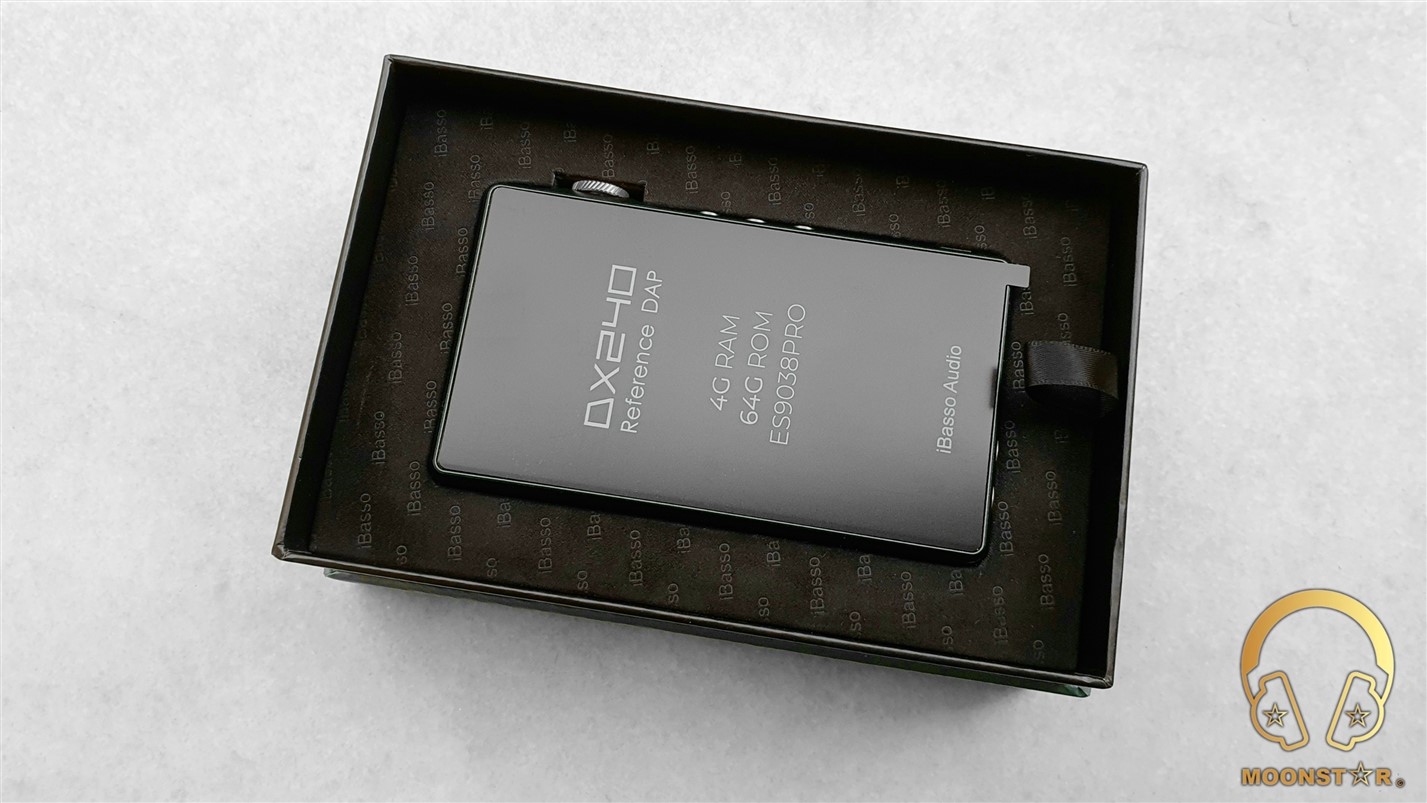

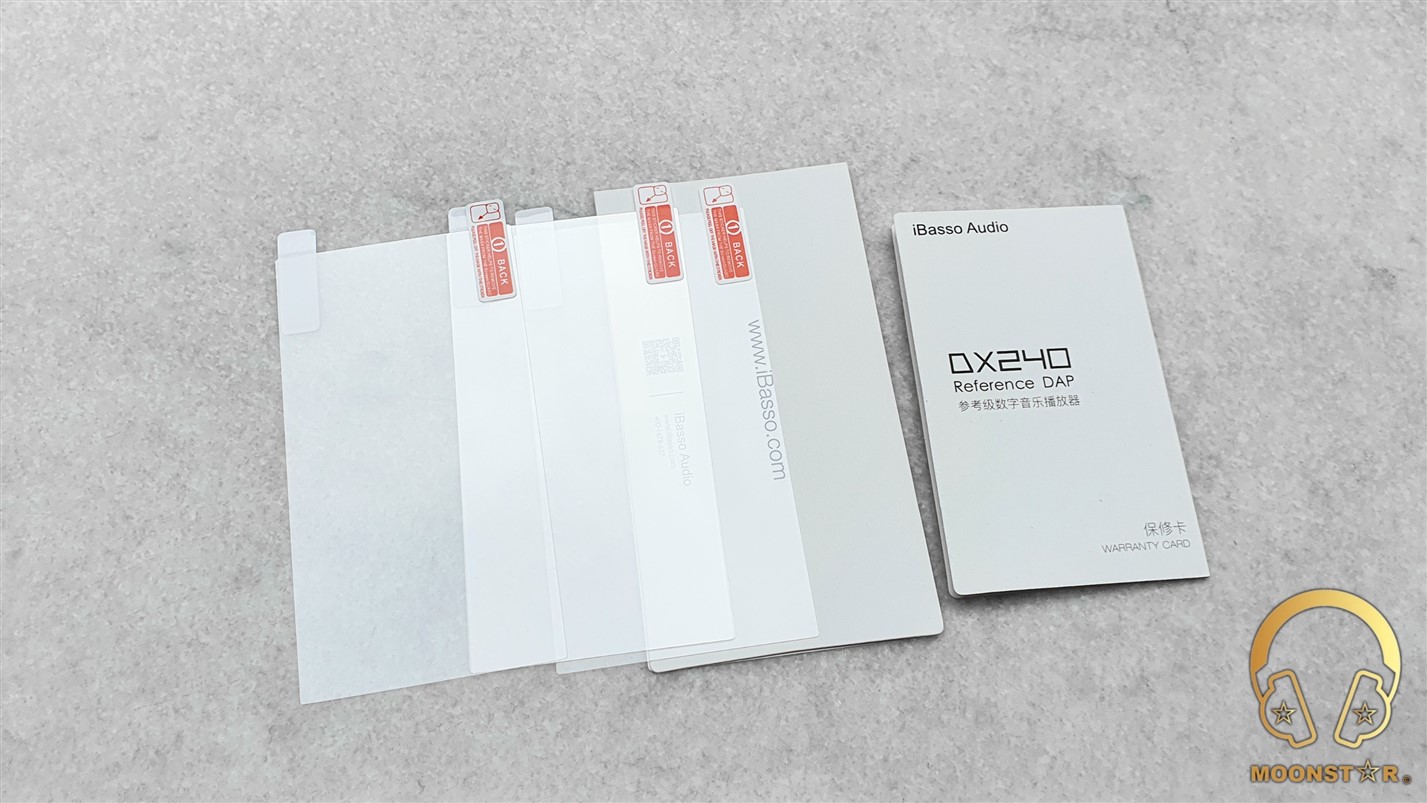
The original package of the DX240 does no longer include a leather protective case like previous models such like the DX200, DX220 and DX300. Instead of a leather case, there is now a simpler transparent silicone case.

However, iBasso was very kind and has send me a leather case inside a separate box with the iBasso branding, which has a beautiful green olive green color and fits perfectly to my DX240 in green.
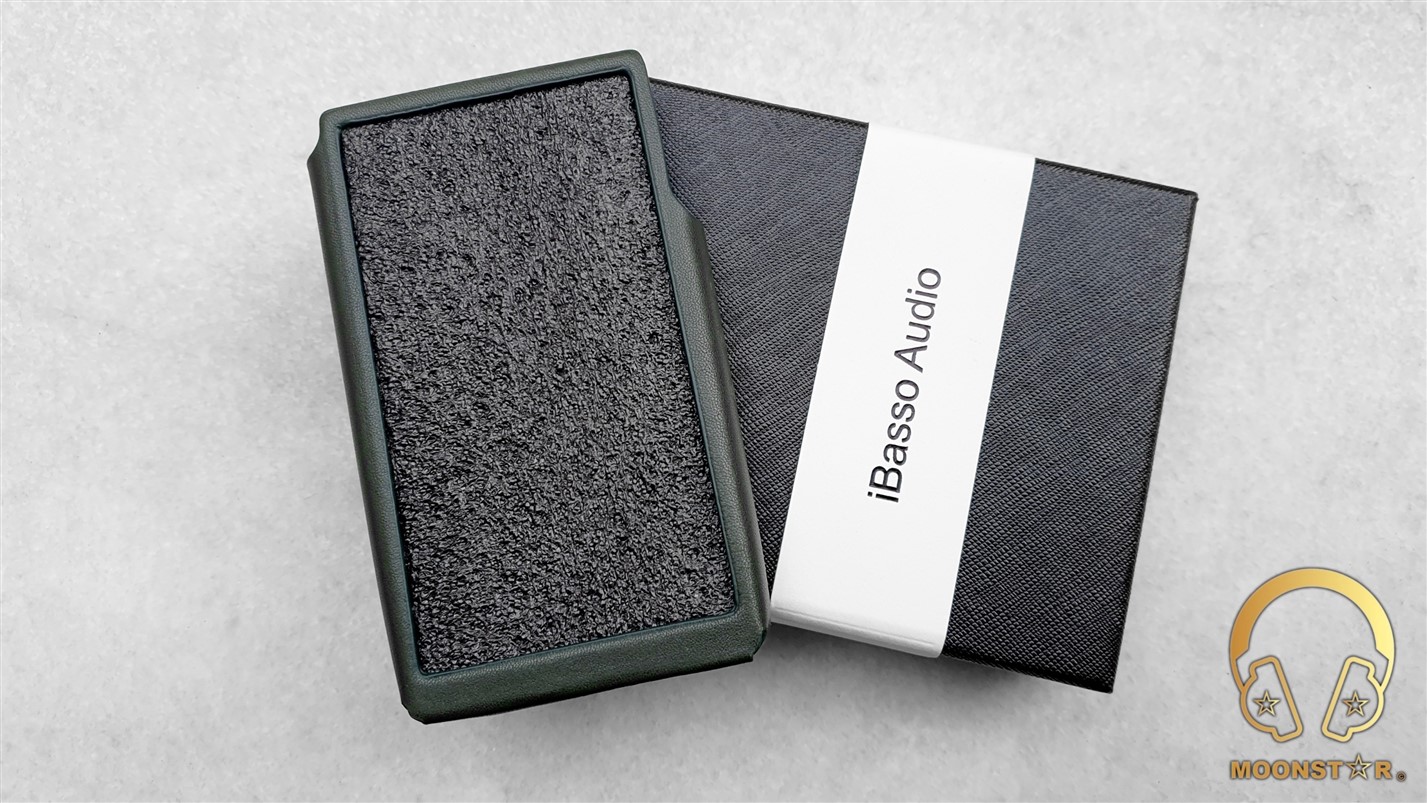
The leather case shows a high quality workmanship.
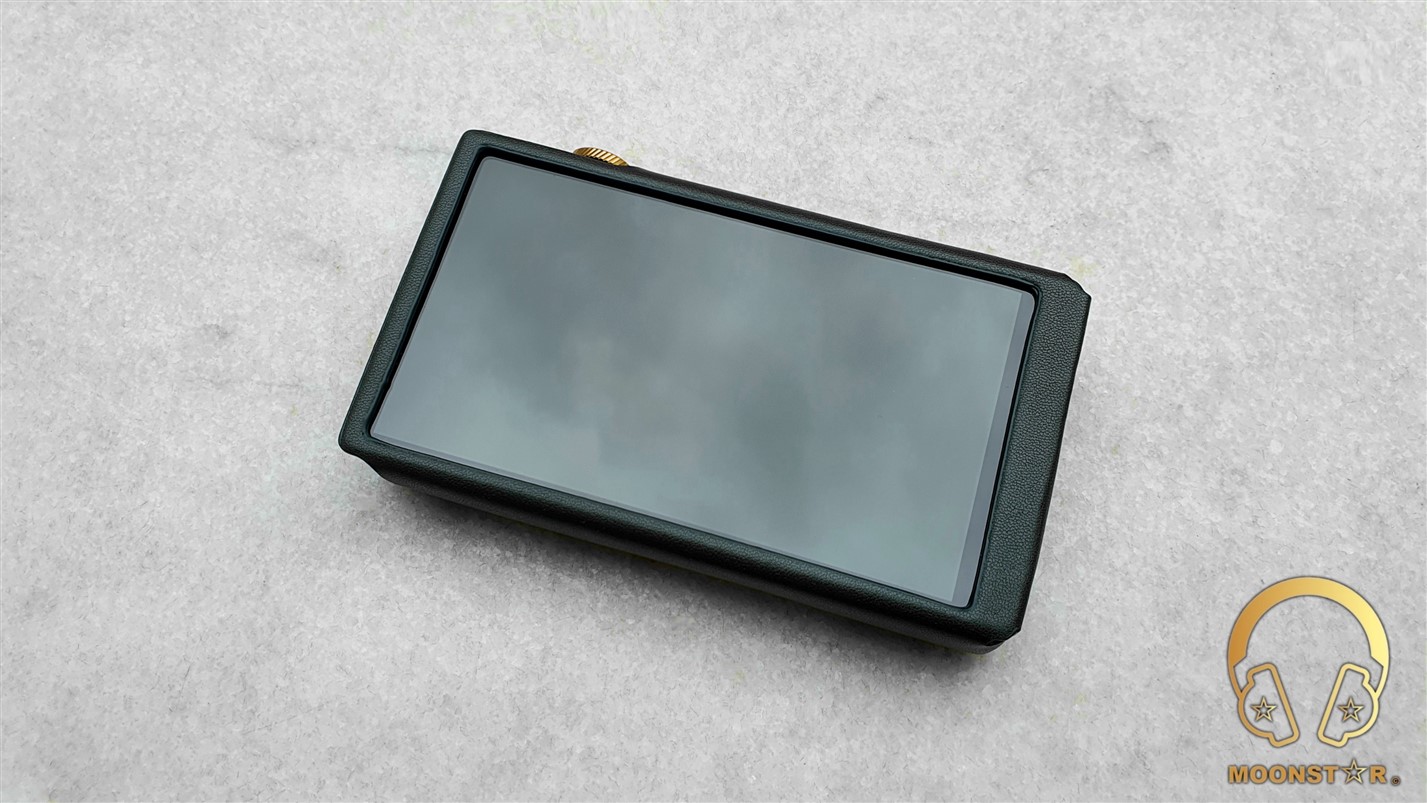
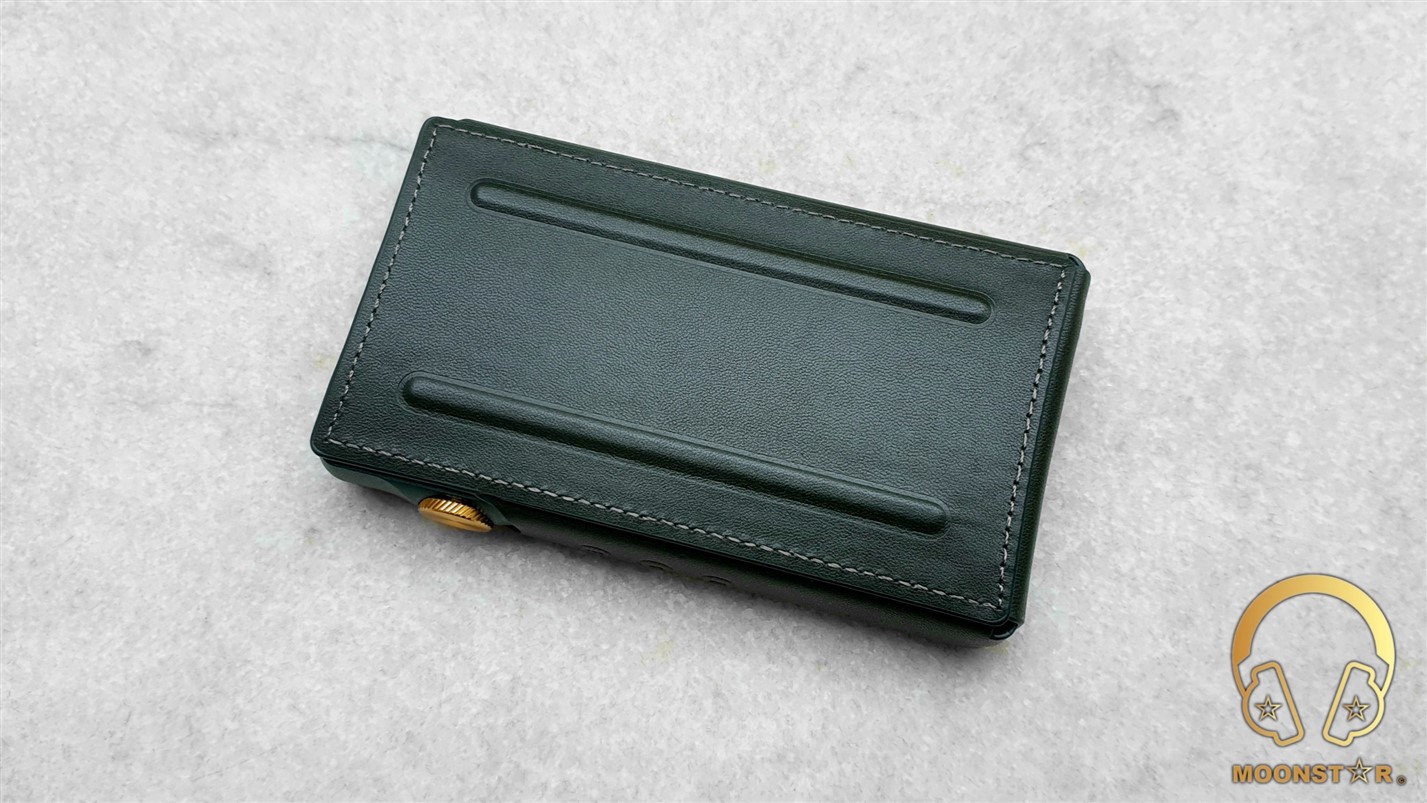
The inner surface of the case is silky soft and shows nice patterns made of iBasso brand logos.
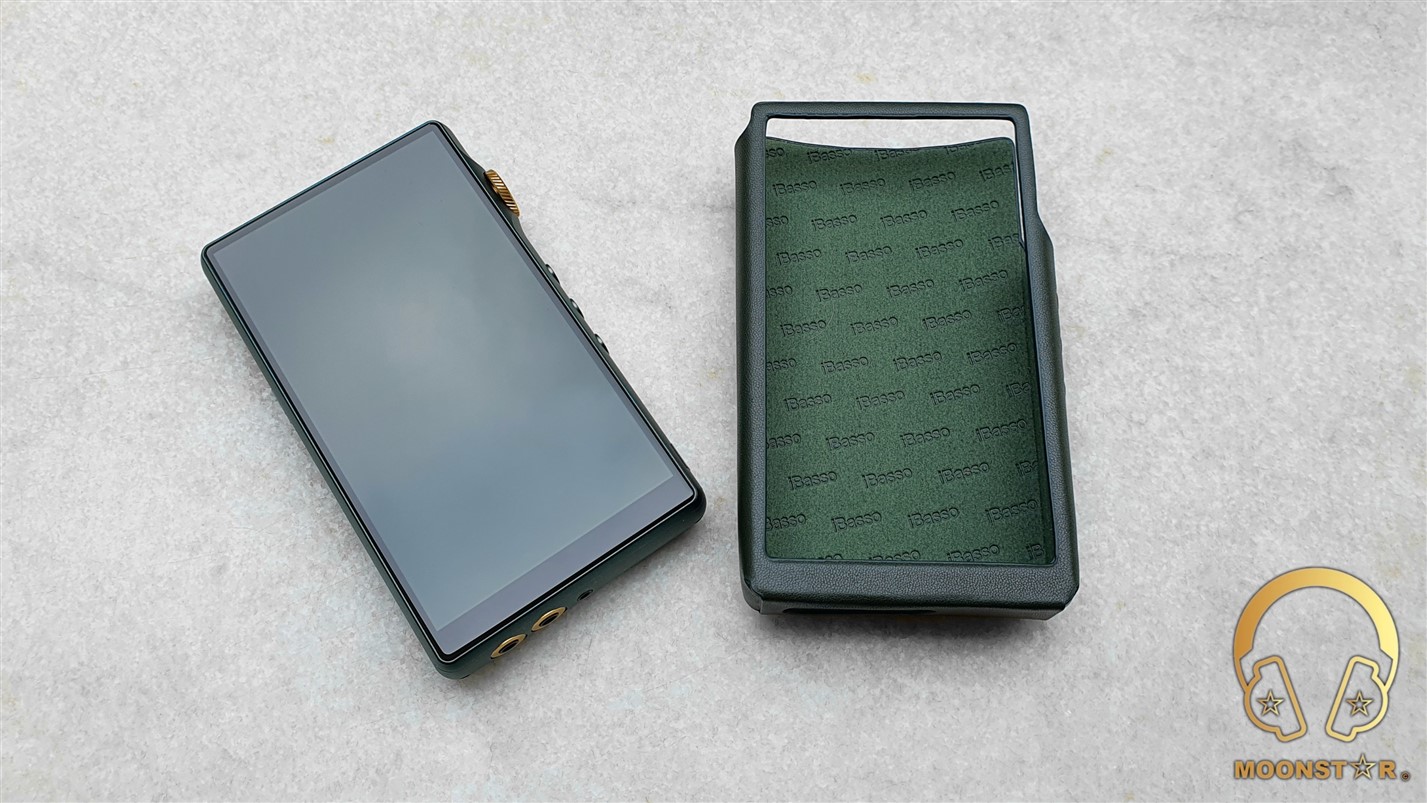
Design, Buttons and Build Quality:
The design of the DX240 looks quite similar to those of the DX160, which was one of my favorite DAP choices with its compact of only 124mm*71.5mm*19.4mm that makes it easy to hold and to care in your pocket. It is also pretty lightweight with only 205grams, which is another big plus point in this area.
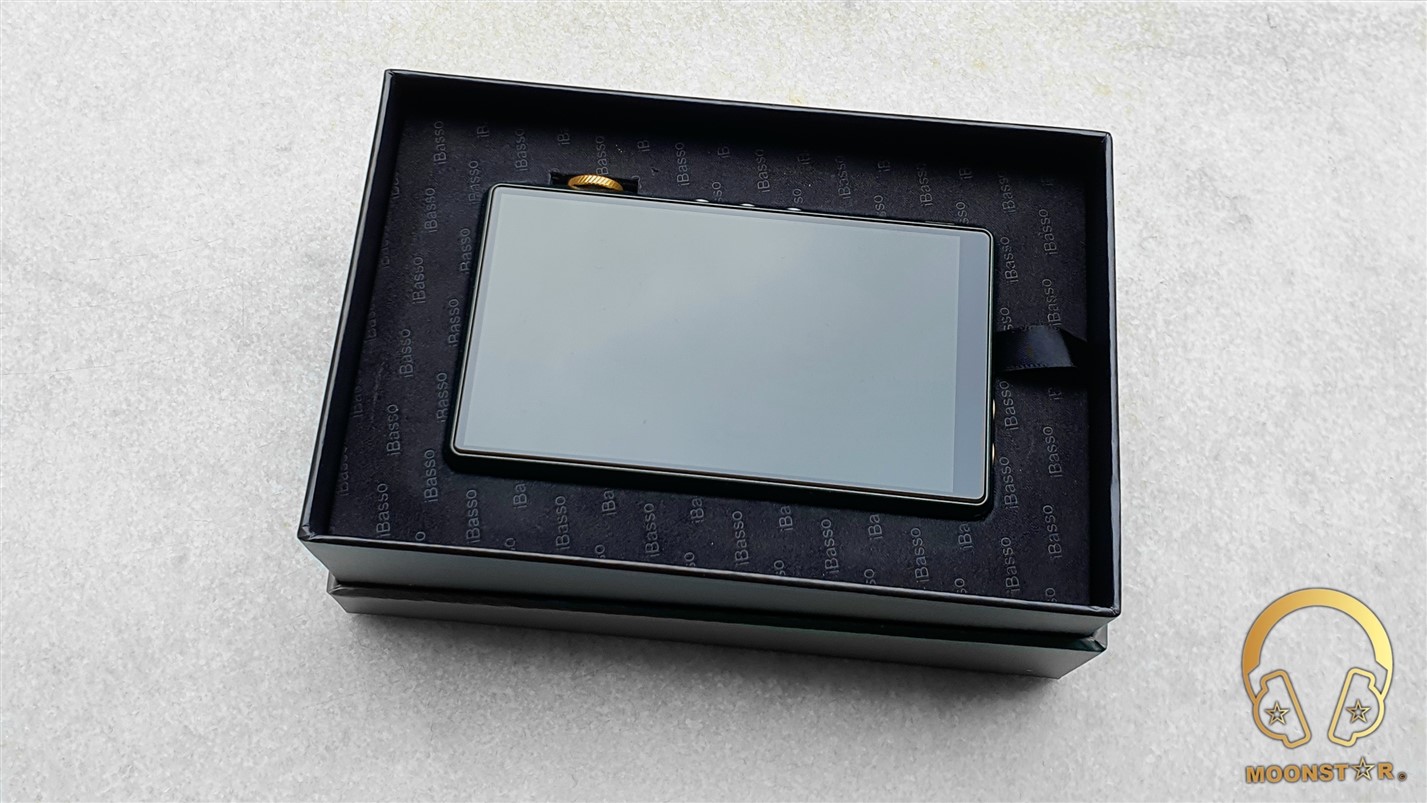
The iBasso DX240 is availably in two different color options, which are black and the fancy looking green one same like my review unit. The main frame/chassis of the device is made of aluminum material that doesn’t show any imperfections such like gaps, burrs or any openings.
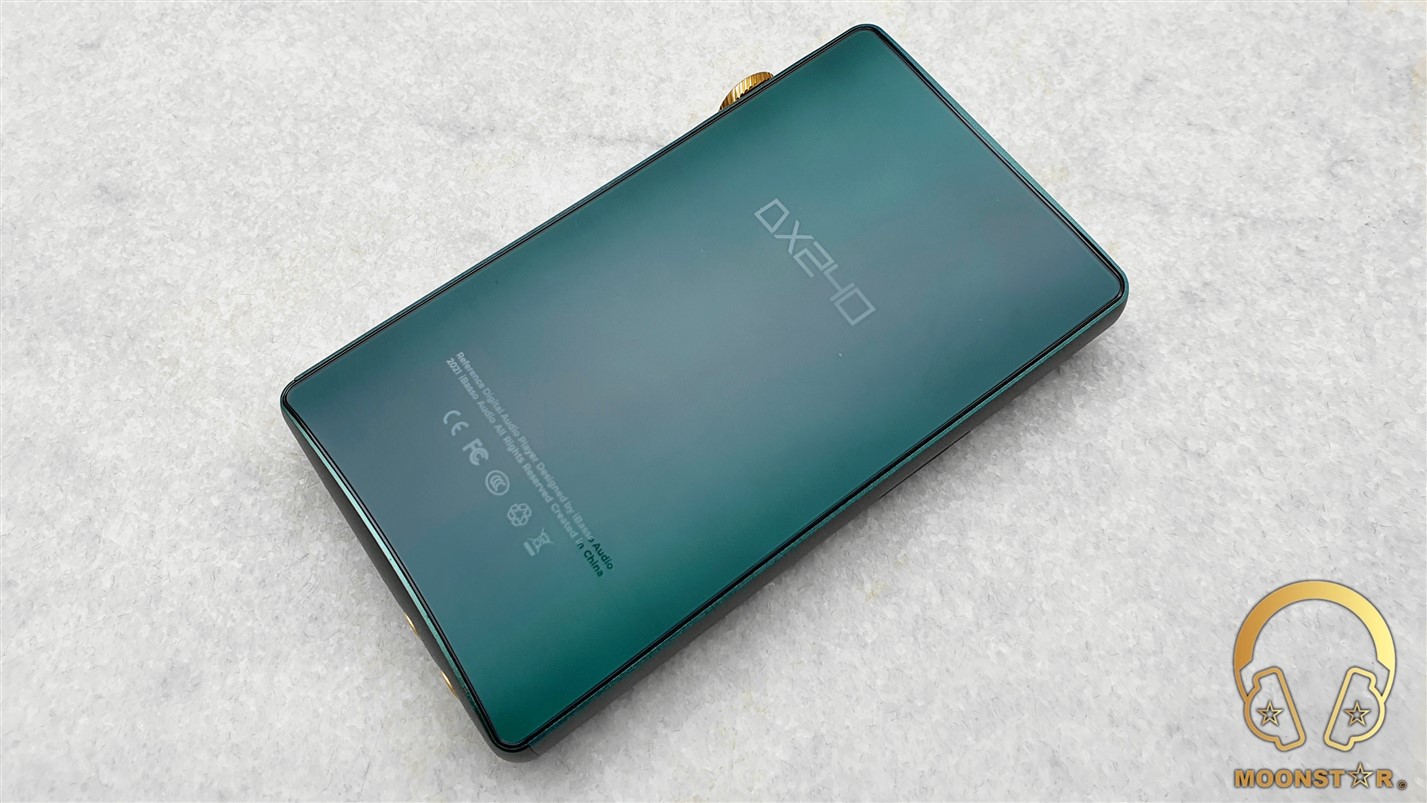
On the front of the device is the 5’’ 1080P touch screen with a pretty sharp and vivid color reproduction, which shows an almost modern mobile phone screen to body ratio. The corners of the screen have this nice 2.5D curve effect.

The rear surface of the DX240 has a curved/arched shape sports the DX240 barding and some product related industrial certifications (CE, FCC, etc.).
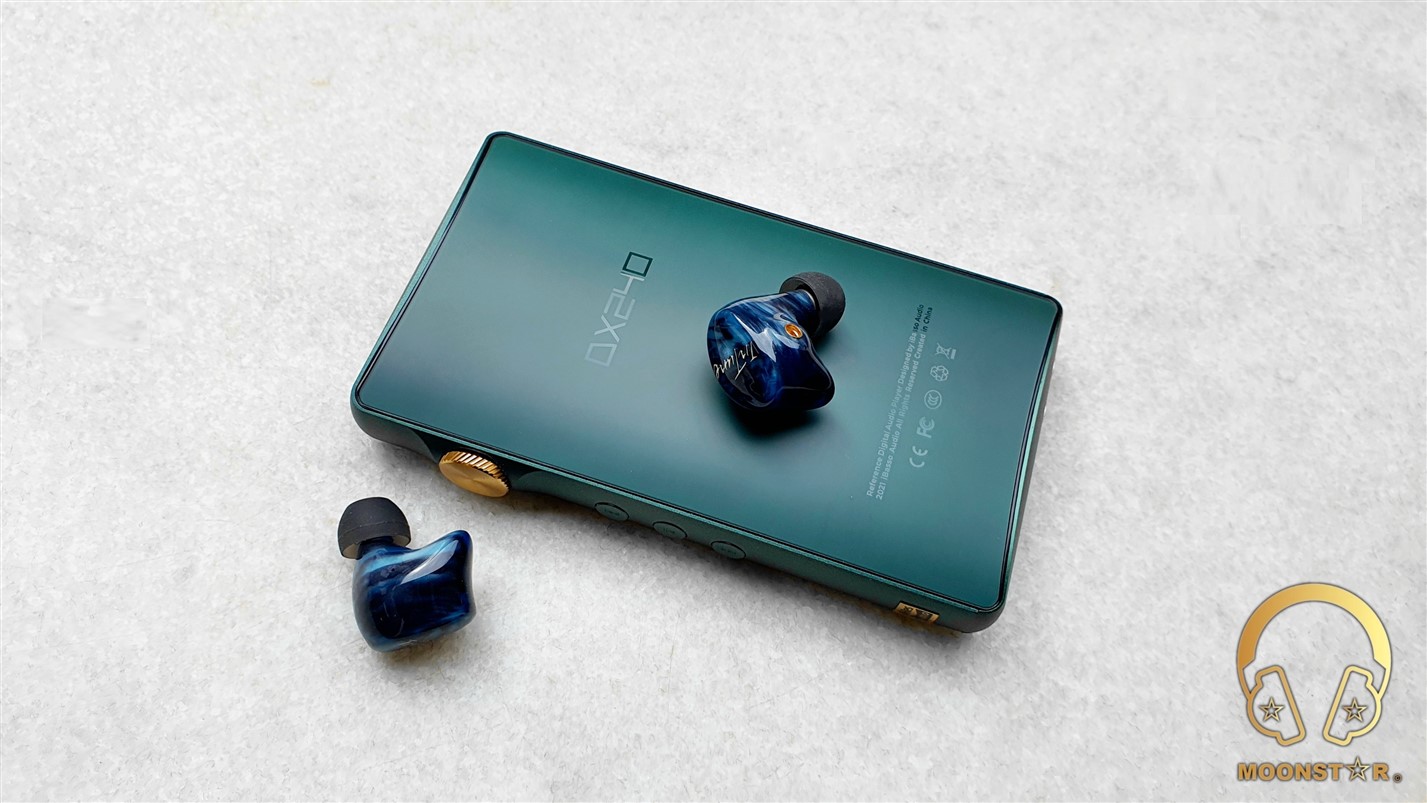
On the top of the device is the multifunctional USB Type-C with port with the 3.1 standard that acts as Data transfer + Digital Out & In-Put interface. Here is also the SPDFI digital output port that can be used with coaxial cable included inside the package, which is a nice addition.
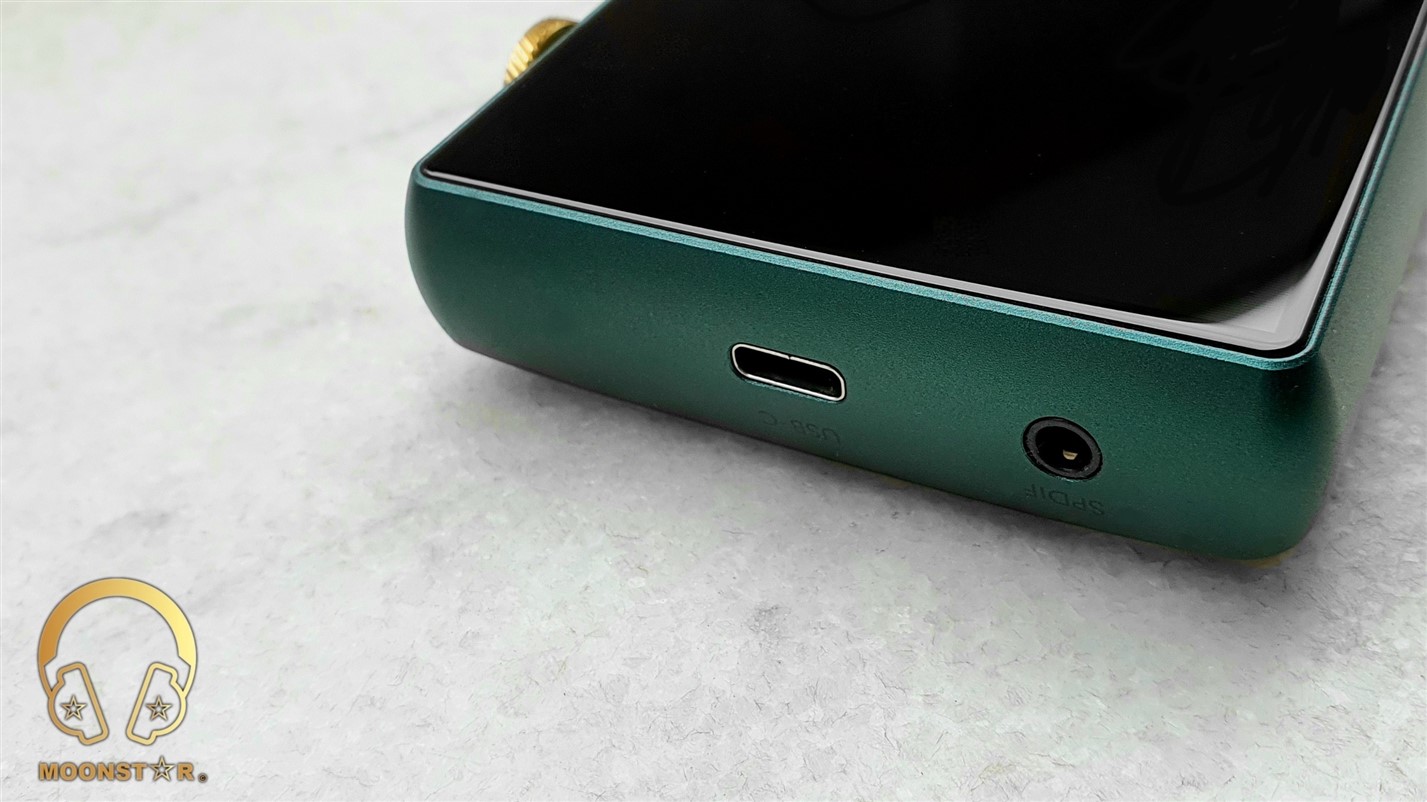
At the bottom are the DX240 is the AMP1 MK3 Amplifier module that is equipped with an 3.5mm Single Ended Phone Out, 3.5mm Balanced Out and 2.5mm Balanced (TRRS) output. Each module has its own metal plate that is fixed with two screws, located one on the left and one on the right side.

On the right surface volume control wheel and the physical next/fast forward, play/pause and the previous/rewind buttons. Here is also the Hi-Res Audio label.
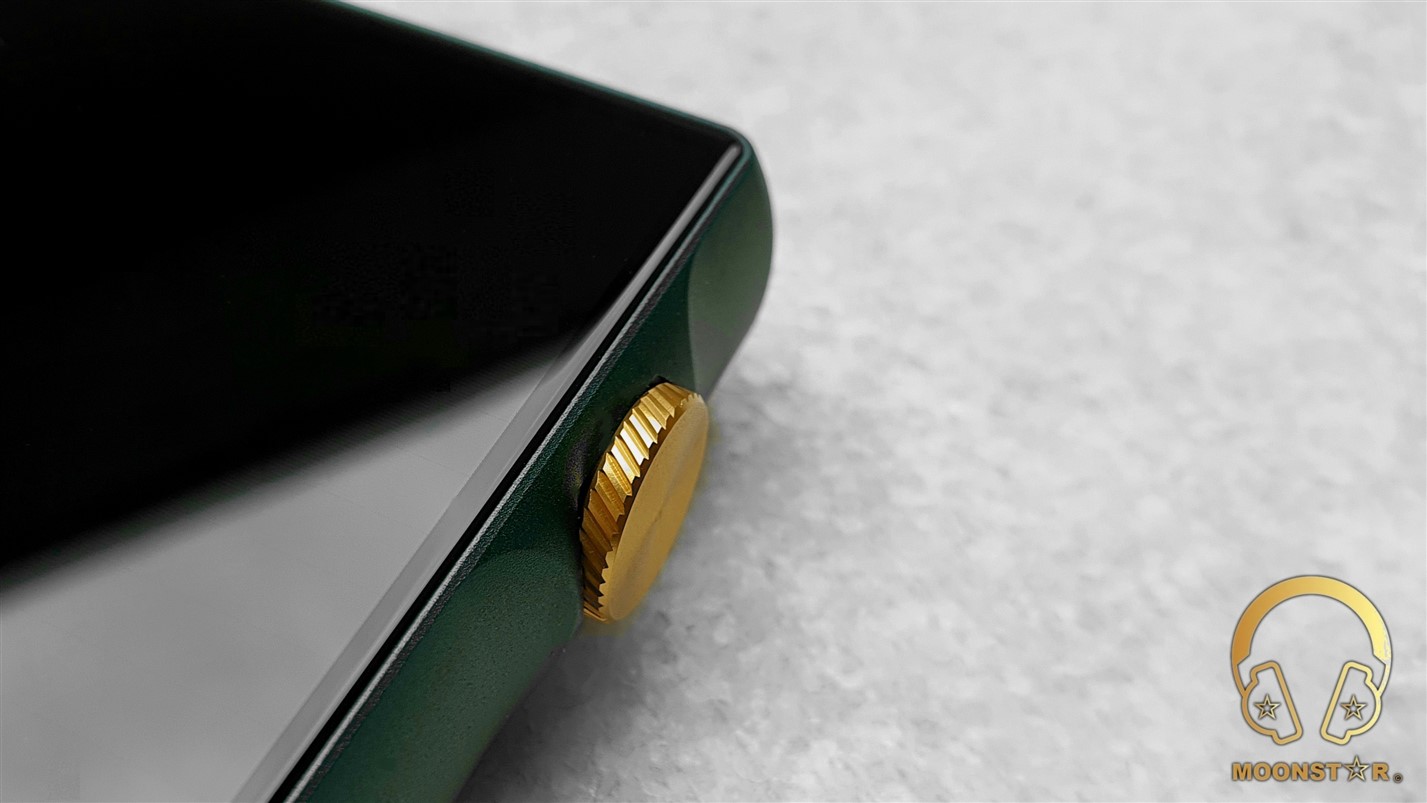
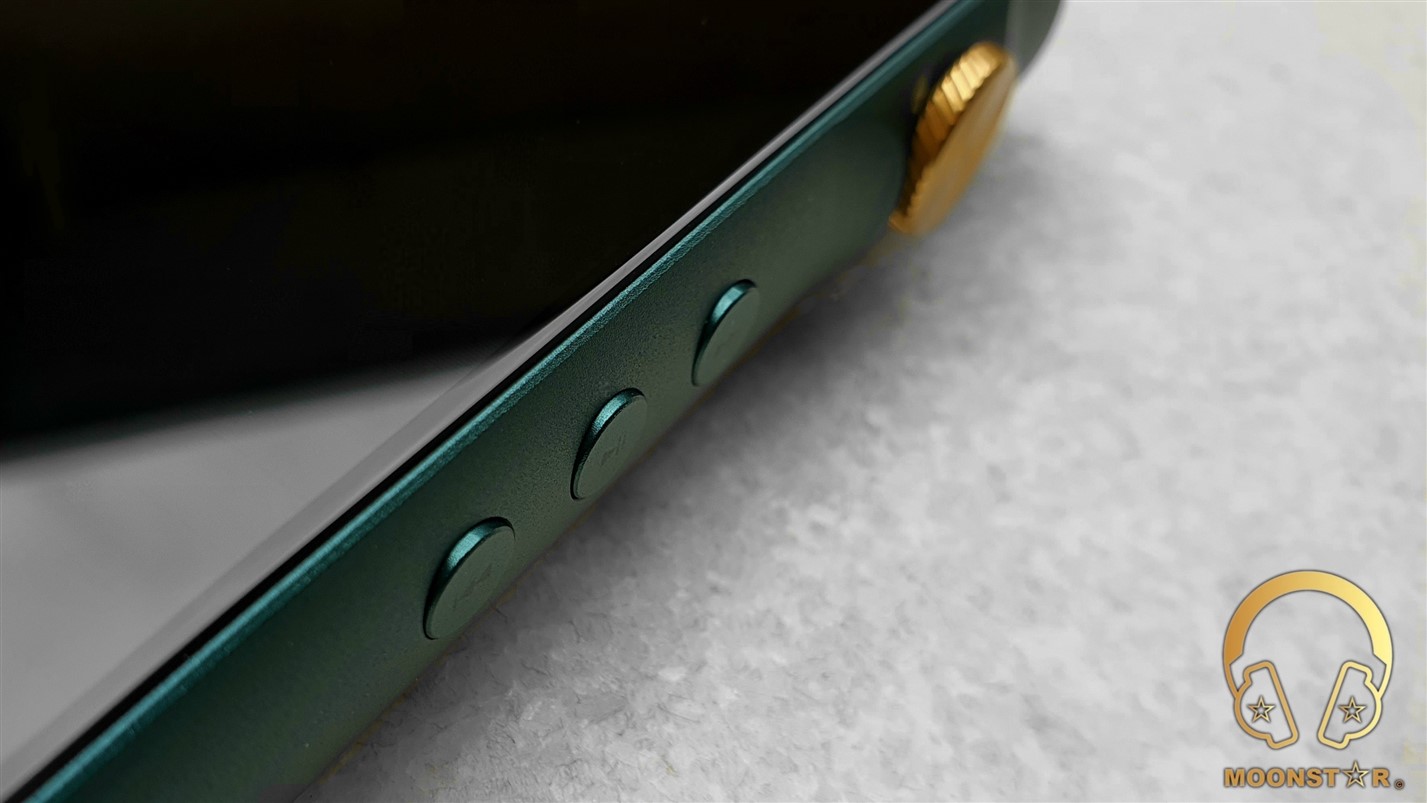
The left side of the DX240 features a single micro SD card slot for storage expansion which supports at least memory cards up to 2TB (MicroSD Cards in SDHC & SDXC format).
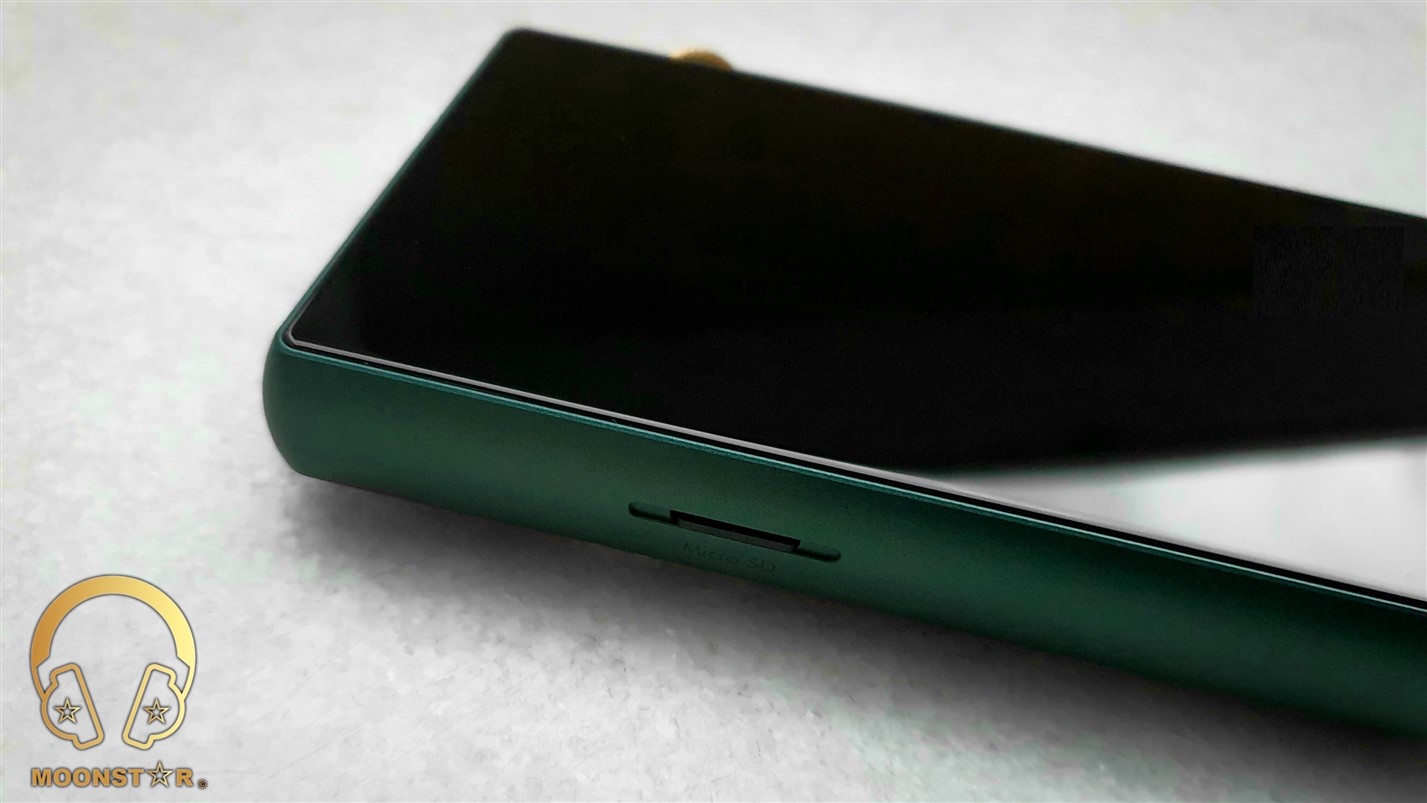
Some Technical Specifications:
- Operating System : Dual OS (Mango OS & Open Android 9.0)
- CPU : Snapdragon 660 SoC
- RAM : 4GB
- ROM : 64 GB
- Screen : 5.0” 1080P Touch Screen
- DAC : ES9038 Pro DAC
- Stock Amp Module : AMP1 MK3
- Output ports : 2.5mm TRRS, 3.5mm Single-ended, 3.5mm Line Out.
- Digital Out : USB Type-C 3.1
- Wi-Fi : Dual Band 802.11 b/g/n/ac (2.4Ghz/5Ghz)
- Battery : 4000mAh Li-Ion battery
- Battery Life : up to 11hours Single-Ended (Normal Gain)
- Size : 124mm*71.5mm*19.4mm
- Weight : 205 grams
Supported Audio Formats:
The iBasso DX240 supports almost any traditional and modern audio format including MQA. The list of supported formats is as follows;
Audio Formats Supported: MQA, APE, FLAC, WAV, WMA, AAC, ALAC, AIFF, OGG, MP3, DFF, DSF, and DXD. It offers up to 32-Bit/768kHz PCM and Native DSD512 decoding
1. Hardware:
The iBasso DX240 is a Portable High End Reference DAP (Digital Audio Player), which offers some impressive hardware features that I will now review for you.
A) ES9038 Pro DAC (Digital to Analog Converter):
The iBasso DX240 is equipped with the latest ES9038 Pro DAC chip of the company ESS Technology. The ES9038 Pro is the flagship Digital to Analog Converter of the ESS Pro series that sets a new benchmark with a Dynamic Range (DNR), up to 140dB, in a 32-bit, 8-channel DAC. The ES9038 Pro also features ESS’s patented 32-bit HyperStream DAC technology with -122dB total harmonic distortion plus noise (THD+N).
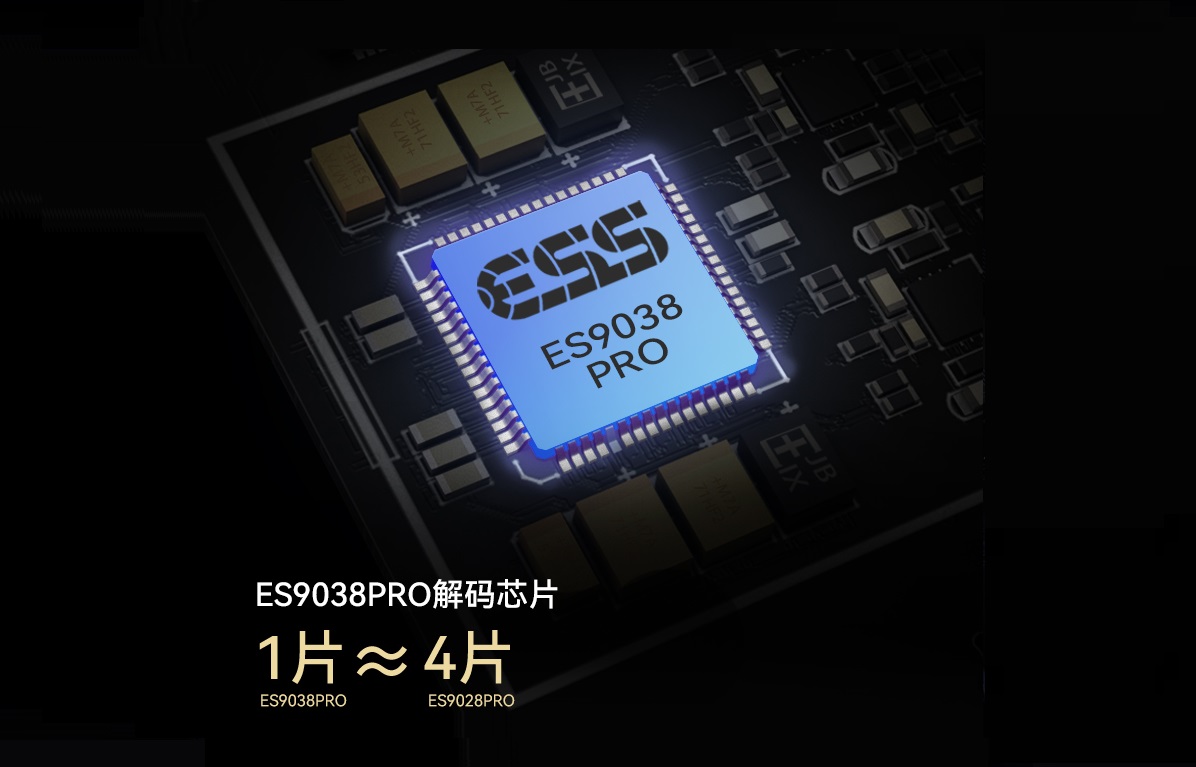
B) USB DAC:
The DX240 can work as a USB DAC for Windows PC, Mac computer, and Linux computer. It is driver free on Windows PC, Mac computer, and Linux computer. For Windows PC, the DX240 supports WASAPI protocol.
The DX240 supports up to 32bit/384kHz PCM, and DSD DoP up to 128x when be used as a USB-DAC.
To turn the DX240 in to the USB DAC mode, you need to connect the device to a computer with the USB-C cable. After the DX240 is detected, the soundcard driver will be installed automatically. Now, you can select the DX240 as the audio output device and use it as the USB soundcard.
C) CPU/RAM/ROM:
The iBasso DX240 is equipped with the Qualcomm’s Snapdragon 660 (SD660), which is a fast mid-range ARM-based SoC (System on A Chip) that features 8 Kryo 260 cores (custom design, 64-Bit capable) that are divided in two clusters. A fast cluster of four cores with up to 2.2 GHz and a power saving efficiency cluster with up to 1.8 GHz. Both clusters can also used together.
In addition to the 8 CPU cores, the SoC integrates a mid range Adreno 512 GPU with a LPDDR4X memory controller (dual-channel 1866 MHz), supports Wi-Fi (802.11ac + MIMO, max. 867 Mbps) and Bluetooth 5.0.
The DX240 offers 4GB of LPDDR4X type RAM and 64GB of ROM (a part of the internal storage are reserved for the Operating System), so that you can store your music files or your installed third party applications.
You can also expand the storage capacity via MicroSD cards with a capacity up to 2TB.
The Snapdragon SD660 is a major upgrade over the RockChip SoC that was found on previous devices such like the DX220, DX200, DX160 and DX150.
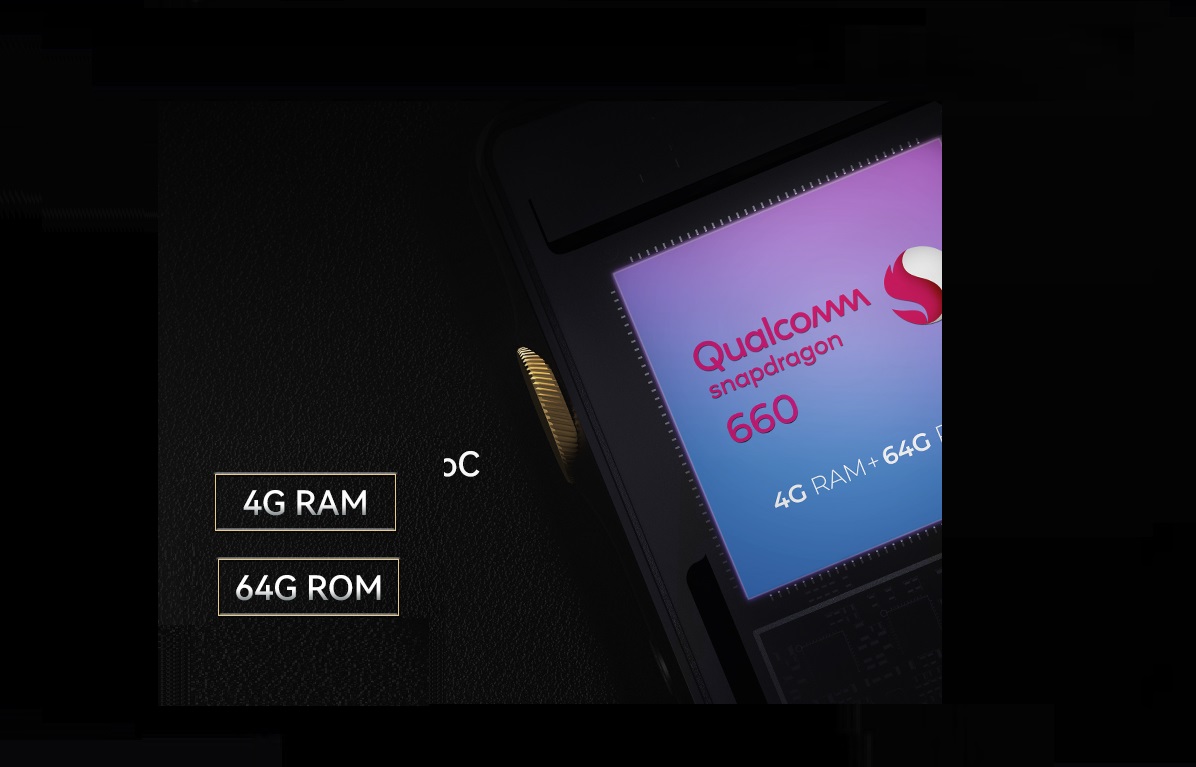
D) Wireless Connectivity:
The iBasso DX240 has a build in Wi-Fi antenna that supports the 802.11 b/g/n/ac protocols and 2.4GHz and 5 GHz frequency standards.
The iBasso DX240 supports two-way Bluetooth 5.0 audio transmission and has native LDAC and aptX support, which means that you can send and receive your audio from/to external devices like Headphones/Speakers/Phones/Tablets etc.
The EMI shielding of the device is very good so that you won’t hear any interference’s when you turn on the Wi-Fi or Bluetooth antenna.
Please Note: When in Bluetooth DAC mode, the DX240 supports AAC and SBC.
E) Outputs (AMP1 MK3):
The iBasso DX240 comes with the AMP1 MK3 amplifier module that features a 3.5mm Single Ended, 3.5mm Line Out and 2.5mm Balanced Output ports. The output power of the 2.5mm TRRS Balanced output is quite impressive with 878mW@32Ω and 128mW@300Ω.
Here are some detailed technical specifications;
2.5MM Balanced (TRRS) Output:
- Maximum output level: 6.2Vrms.
- Power: 878mW@32Ω, 128mW@300Ω.
- Frequency Response: 10Hz-45kHz.
- SNR: 125dB.
- DNR: 125dB.
- THD+N: -114dB.
- Resolution: -119dB.
- Output Impedance: 0.57Ω.
3.5MM Single Ended Output:
- Maximum output level: 3.1Vrms.
- Power: 281mW@32Ω, 32mW@300Ω.
- Frequency Response: 10Hz-45kHz.
- SNR: 123dB.
- DNR: 123dB.
- THD+N: -110dB.
- Resolution: -117dB.
- Output Impedance: 0.38Ω.

Battery Life:
The iBasso DX240 comes with a 3.8V 4400mAh Li-Polymer that supports QC3.0, PD2.0 / MTK PE+ quick charging options.
The built in battery of the DX240 offers about 12.5 hours over the 3.5mm Single Ended output, while the 2.5mm Balanced out offers up to 11 – 11.5 Hours output.
Testing Conditions:
Gain: Normal, Volume: %50, Screen: Off, File: Flac 16bit/44.1kHz, Earphone/IEM: iBasso IT07 & iBasso IT01X
2. Software & GUI (Graphical User Interface):
The iBasso DX240 features a Dual OS system, one self developed Linux Based Operating System created by iBasso that is called ManogOS. The other one is the Open Android OS that is slightly customized by the iBasso software team and that is based on Android 9.0 same like the DX300. The open Android 9.0 OS brings flexibility such like downloadable third party applications such like “Online Music Services” (Spotify, Tidal, Apple Music) and many more (APK’s), while Mango OS delivers a pure music experience.
The Android OS of the DX240 doesn’t comes with any Google Services such like the Play Store, Play Music, etc. but it offers two preinstalled “Play Store” alternatives, which are the CoolApk and APKPure applications.
Other pre-installed applications are MangoPlayer, File Manager, Calculator, Clock, Gallery, etc.
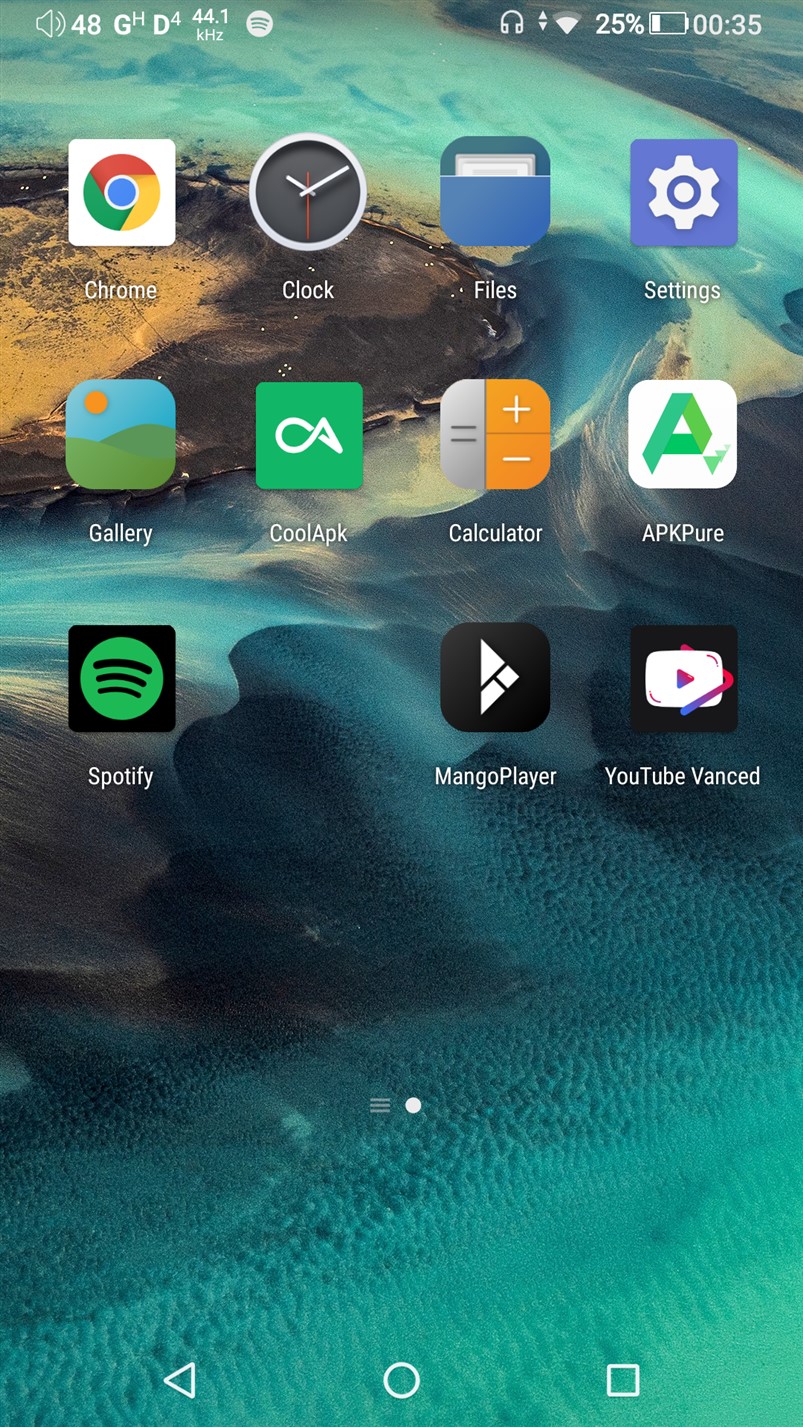
On the home page of the DX240 is a widget of the Mango Player, which is an iBasso exclusive application with lots of features. The widget shows information such like album cover, song title, remaining time and buttons like play/pause, previous/rewind & next/fast forward.
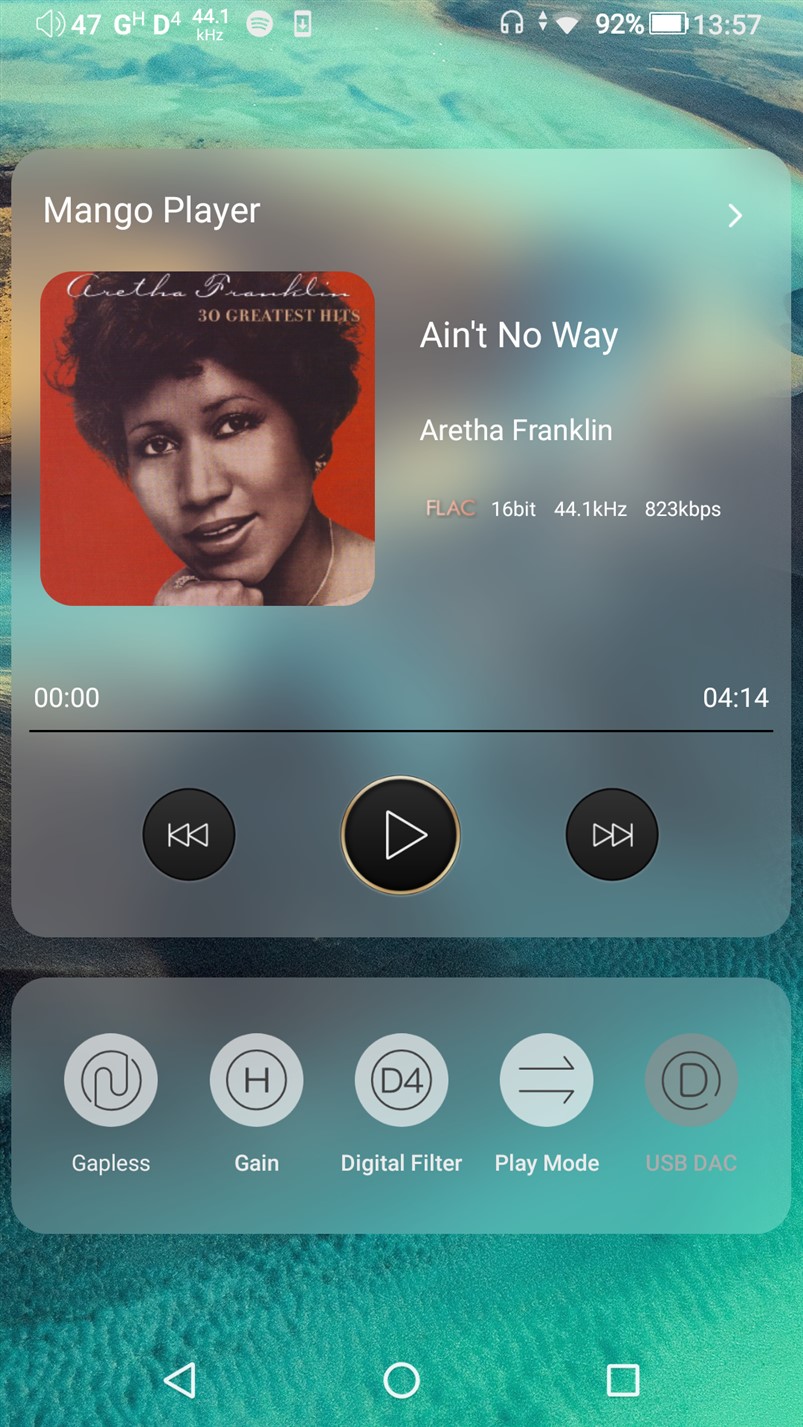
The Android OS offers some nice and pretty familiar benefits like the “Top Navigation Bar” for a quick access to your Wi-Fi or Bluetooth connection. In addition there are also some helpful shortcuts like Digital Filters and Gain Selection. (Edited on 29.01.2022)
On then bottom of the home screen are the classical navigation button like the back (triangle), home (circle) and task manager (square).
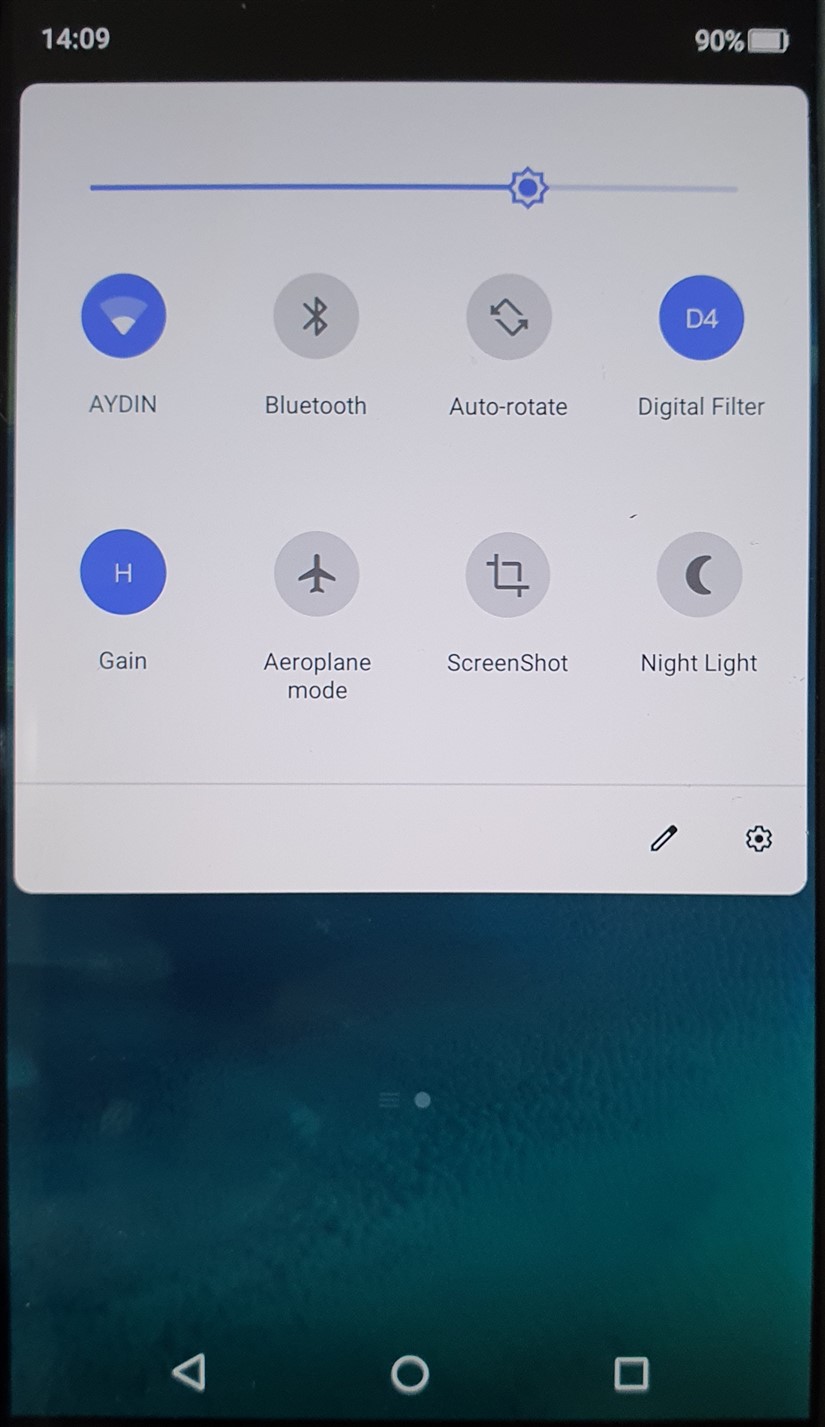
The settings menu is quite simple and many of us who are using or have used an Android device will feel very familiar with the menus and UI of the settings menu.
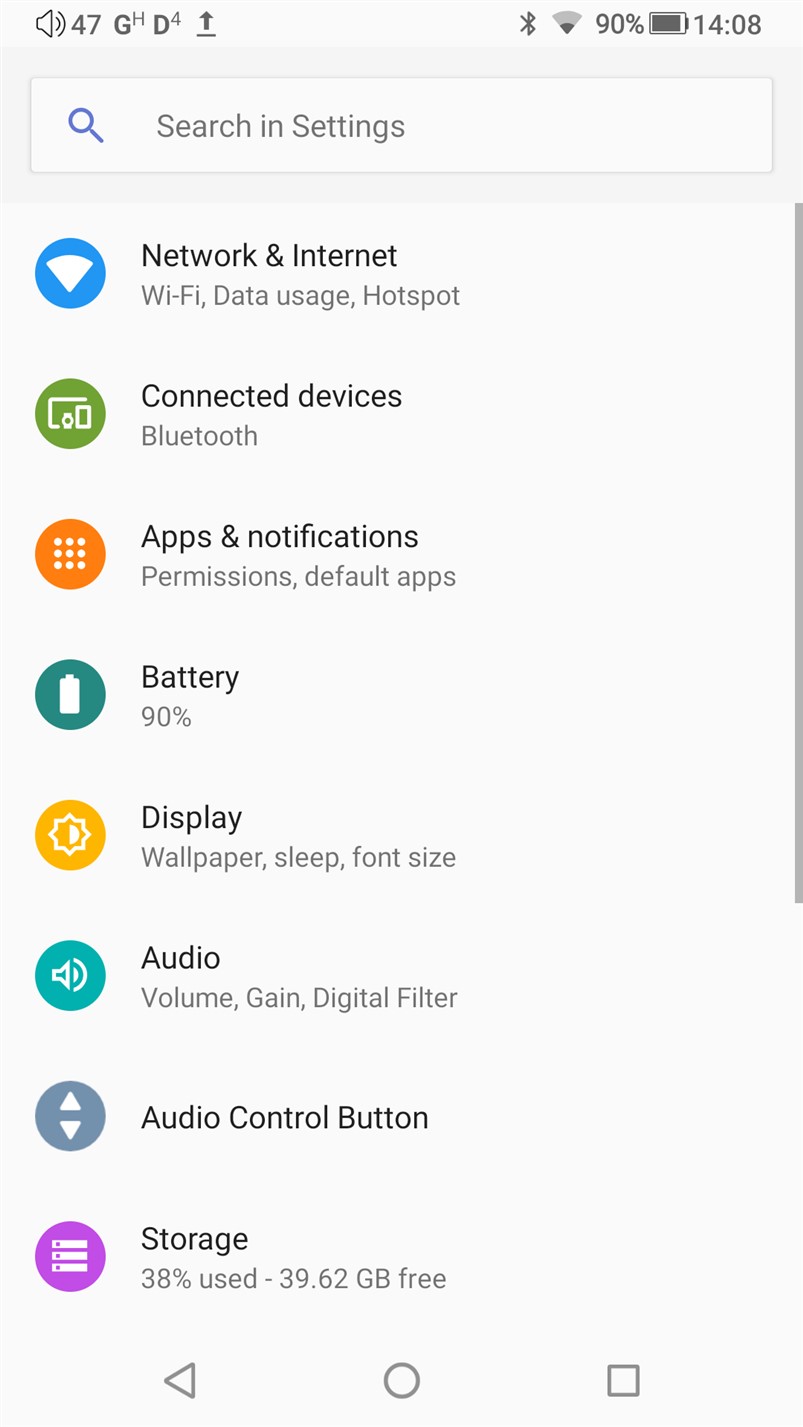
The Audio Settings Menu gives you access to settings like, Gain (High, Low), Digital Filter (7 filters in total), Volume Limitation, Volume Wheel Settings, etc.
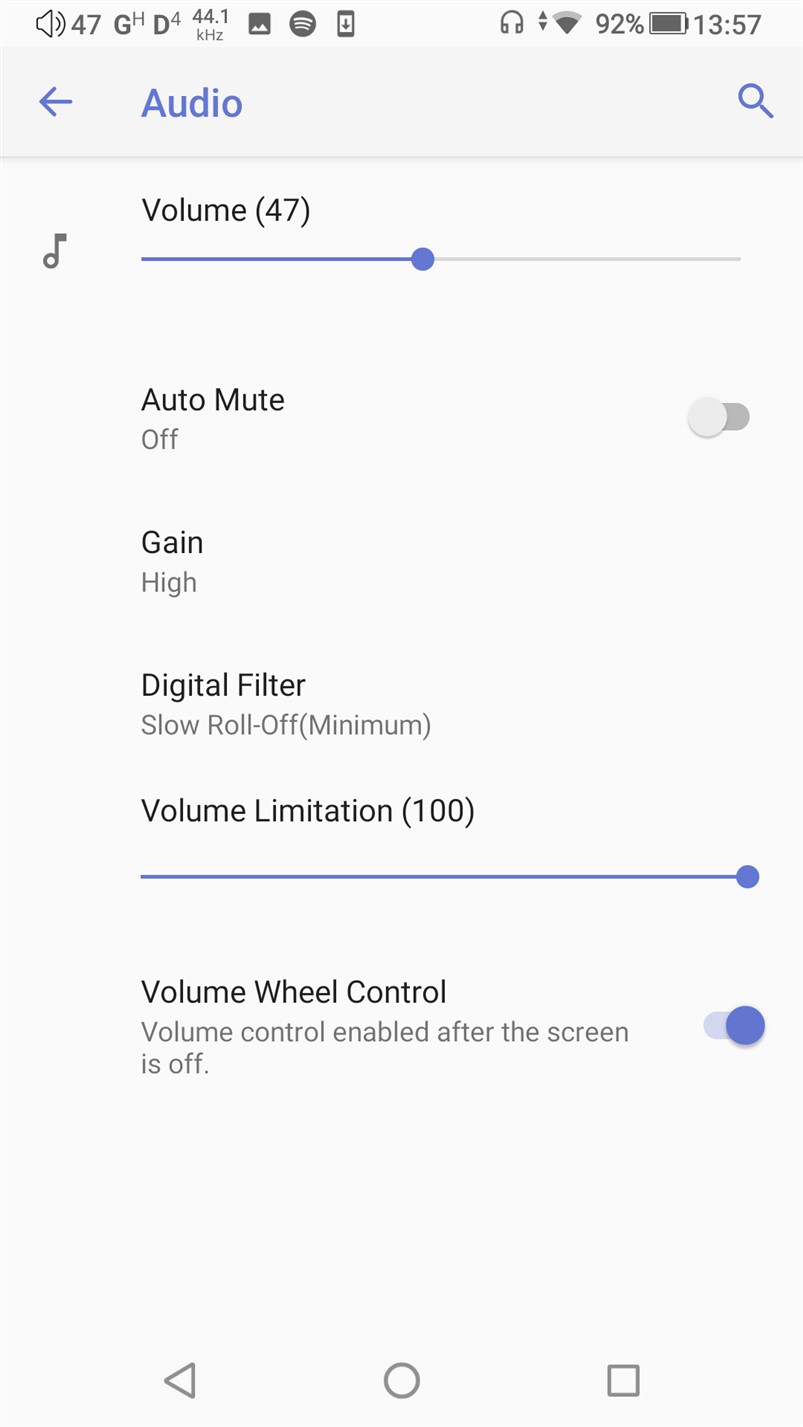
The Mango Music Player application looks similar to those of the DX300 and has a nice looking UI design with some settings shortcuts Gapless (On/OFF), Gain, Play Mode, Equalizer (supports Parametric EQ), L/R Balance, Digital Filters etc.
Other Remarkable Features:
A) Self-Developed FPGA Master Technology:
iBasso has featured their self-developed FPGA Master technology that requests signals directly from the SoC. It is incorporated by two independent NDK Femtosecond crystal oscillators in maintaining a stable signal with low jitter and high definition.
B) Full 16x MQA Decoding:
Master Quality Authenticated or in short MQA is a high-resolution data format that is encapsulated in small files. MQA certified devices unfolds the files properly to archive a higher sound performance compared to regular music files such like MP3 or WAV. The iBasso DX240 supports full MQA unfolding up to 16x

Equipment’s used for this review:
- DAP’s : iBasso DX240, iBasso DX220, iBasso DX300, Sony WM1A
- Erphones : iBasso IT07 & IT01X, Campfire Audio Andromeda 2020, Meze Rai Penta
- Headphones : iBasso SR2
Albums & tracks used for this review:
- Adele – My Little Love (Spotify)
- Randy Crawford – On Day I Will Fly Away (Flac 16bit/44.1kHz)
- Hayley Westenra – Odyssey Album (Dezzer HiFi)
- Dionne Warwick – Walk On By (Flac 16bit/44.1kHz)
- Sarah McLachlan – Angel (Flac 24bit/48kHz)
- Sertap Erener – Aşk (Flac 16bit/44.1kHz)
- Edith Piaf – Non Je Ne Regrette Rien (Flac 16bit/44.1kHz)
- Diana Krall – So Wonderful (DSF)
- Aretha Franklin – I Say A Little Payer (Flac 24bit/96kHz)
- David Bowie – Heroes (Flac 24bit/192kHz)
- Elton John – Rocket Man ((Flac 24bit/96kHz)
- Barry White – Just The Way You Are (Flac 24bit/48kHz)
- Isaac Hayes – Walk On By (Flac 16bit/44.1kHz)
- Sting – Englishman in New York – (Flac 24bit/48kHz)
- Eric Clapton – Wonderful Tonight (Flac 24bit/96kHz)
- B.B. King – Riding With The King (Tidal Hi-Fi)
- Dave Gahan – Kingdom (Tidal Hi-Fi)
- U2 – Sunday Bloody Sunday (Flac 16bit/44.1kHz)
- Bro Safari, UFO! – Drama (Deezer HiFi)
- Armin Van Buuren – Vini Vici (Flac 16bit/44.1kHz)
- Really Slow Motion – Deadwood (Deezer HiFi)
- Jo Blankenburg – Meraki (Spotify)
- Lorde – Royal (Flac 24bit/48kHz)
- Toutant – Rebirth (Deezer HiFi)
- Portishead – It Could Be Sweet (Spotify)
- Charly Antolini – Duwadjuwandadu (Flac 24bit/192kHz)
- Ferit Odman – Look, Stop & Listen (Flac 24bit/192kHz)
- Chopin – Nocturn No. 20 In C-Sharp Minor (Flac 16bit/44.1kHz)
- Fazıl Say – Nazım Oratoryosu (Live) (Flac 16bit/44.1kHz)
- Vivaldi – Le QuarttroStagioni “The Four Season” (Deezer HiFi)
- Otto Liebert& Luna Negra – The River (Flac 24bit/192kHz)
- Lunatic Soul – The Passage (Flac 16bit/44.1kHz)
- Deftones – My Own Summer (Shove it) (Flac 16bit/44.1kHz)
- Metallica – Sad but True (Flac 24bit/96kHz)
- Opeth – Windowpane (Flac 16bit/44.1kHz)
- Megadeth – Sweating Bullets (Tidal Hi-Fi)
- Rush’s – Leave That Thing Alone (Flac 16bit/44.1kHz)
- Slayer – Angel of Death (Spotify)s
- Liquid Tension Experiment 2 – Acid Rain (Spotify)
- Yosi Horikawa – Bubbles (Spotify)
The Sound:
The iBasso DX240 is a Digital Audio Player with very detailed presentation from the lows to the highs, which shows a slightly warmer than neutral tonality. What makes it different from other High End DAP’s is the highly dynamic, transparent yet musical overall sound character that pairs pretty well with many IEM’s from the iBasso IT07 and IT01X up to the Meze Rai Penta and Campfire Audio Andromeda 2020.
The DX240 offers a highly dynamic and fast bass response with good sense of authority, very transparent, lively and detailed midrange character, along with an energetic yet controlled treble presentation with great level of extension and resolution thanks to the well adjusted ES9038Pro Flagship DAC chip.
PS: This review has been written after a burn-in period of about 120 hours. The sound impressions below are based on my impressions with the stock AMP1 MK3 amplifier module and my experience with IEM’s like the iBasso IT07, IT01X, Meze Audio Rai Penta and Campfire Audio Andromeda 2020.

Bass:
The DX240 shows pretty fast, highly controlled and well layered bass response with decent sense of clarity and resolution. The subbass region has a mildly warm tonality and offers a good level of depth and rumble when I do listen to songs like Lorde’s “Royals” or Massive Attack’s “Angel” paired with IEM’s such like the iBasso IT07 or Campfire Audio Andromeda 2020. The decay and layering of this area fulfils my expectations from and Digital Audio Player at this price range.
The midbass region of the DX240 is impactful and detailed, thanks to the quick response along with a good sense of authority that was especially audible when paired with the Andromeda 2020 and IT07. Instruments from guitars up to the drums are reproduced in a pretty fast, controlled manner and are show with decent sense of body and realism.
Other instruments such like the contrabass sounds quite crisp, fast, slightly thick and pronounced. The separation and detail retrieval of drums and contrabasses in fast and complex jazz passages was on a pretty high level.
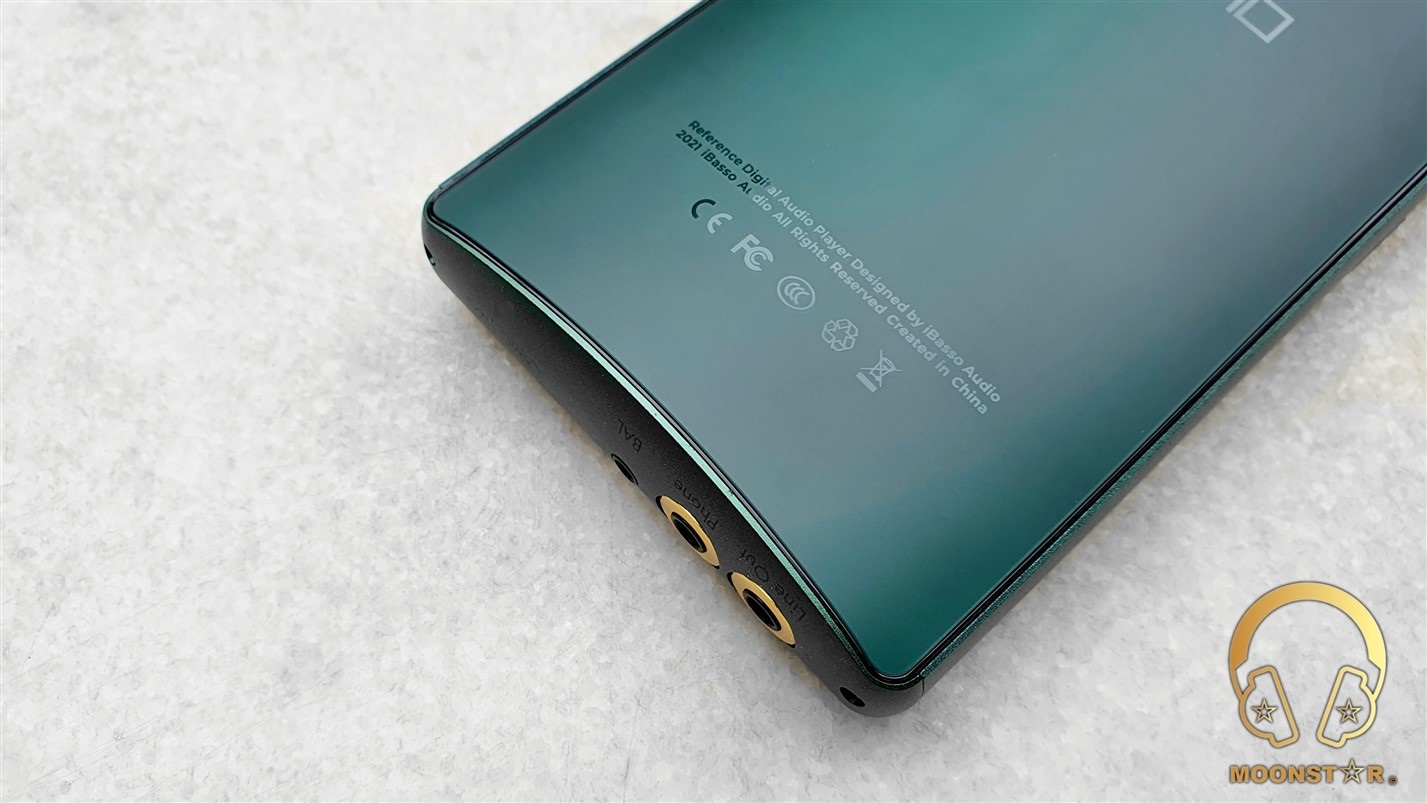
Midrange:
The iBasso DX240 has a very transparent, lively and highly realistic midrange presentation with great level of dynamics and realism, which is a pleasure to listen to especially instruments and vocals. The midrange of the DX240 shows a tad warmer than neutral tonality that avoids any dry or too sterile presentation.
Vocals & Instruments:
Both female and male vocals are reproduced in a pretty realistic manner thanks to the well adjusted lower and upper midrange tuning.
The lower midrange of the DX240 has an efficient level of depth and intensity, along with a good sense of warmth and fullness when I do listen to male vocals like Barry White and Isaac Hayes up to Sting and Elton John. I really enjoyed the pretty natural, clear and emotional male vocal presentation of the DX240 especially when paired with the Meze Rai Penta and iBasso IT07.
Female vocals on the other hand do sound quite realistic and effortless. The level of realism such like detailed retrieval and emotions such like sadness or happiness in songs of Adele, Sarah McLachlan or Randy Crawford are simply breathtaking. The general female vocal presentation of the iBasso DX240 can be described as lively, detailed and effortless.
The instrument presentation of the iBasso DX240 is musical, lively, clear and detailed. It shows a decent sense of neutral air between the instruments, which helps to produce a realistic and atmosphere.
String instruments like guitars or violins are reproduced pretty transparent and detailed, while they do sound a bit bright towards the upper regions especially when I do pair it with the Andromeda 2020. Pianos on the other hand do have a decent level of extension and resolution, without to show any unwanted mixings or sharpness, even in complex passages such like GoGo Penguin’s Raven.
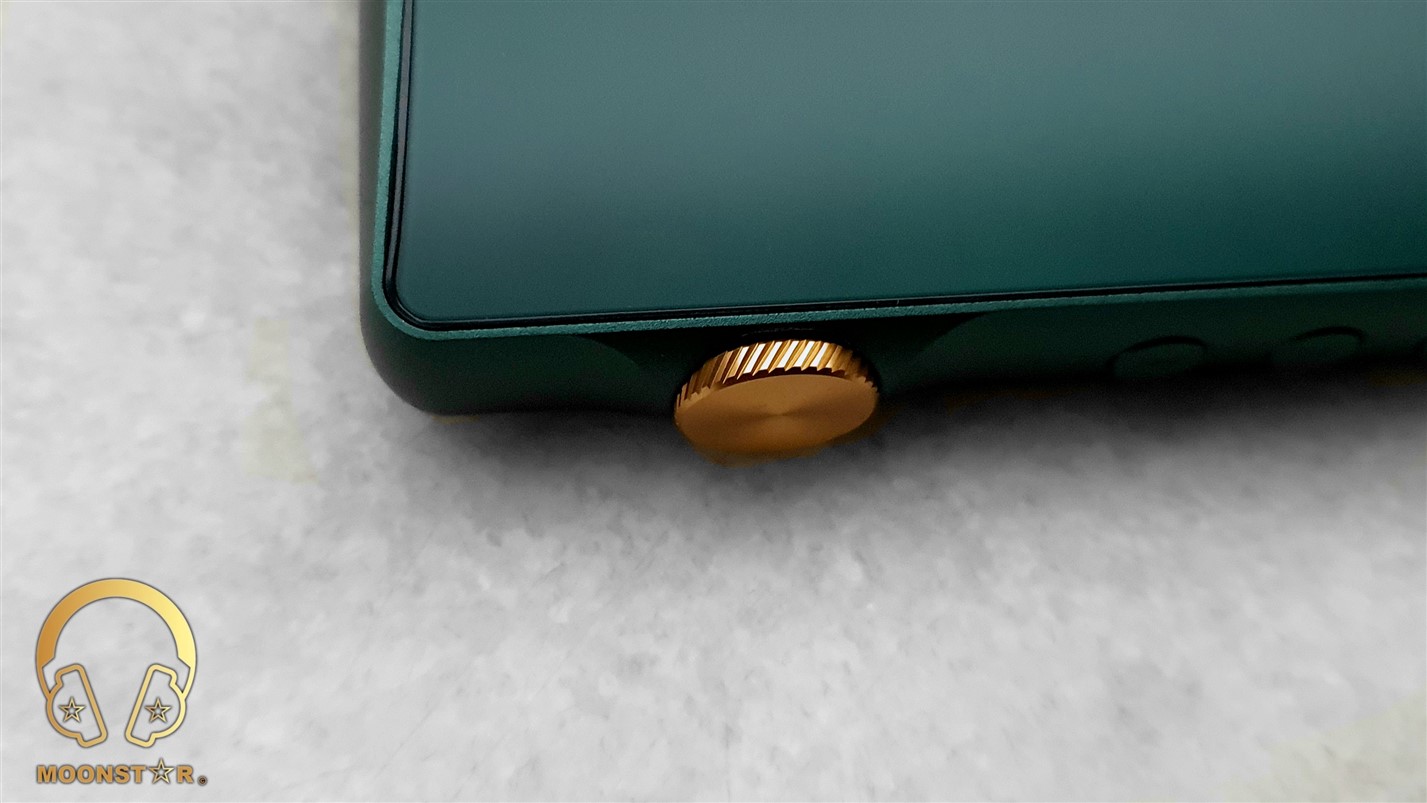
Upper Midrange & Treble:
The iBasso DX240 has a very detailed, fairly bright and well extending upper midrange character. The transitions from the upper midrange towards the lower treble area are in general controlled depending of the record quality of your song.
Female vocals do sound lively and realistic, while woodwinds like flutes or clarinets, or brass instruments like trumpets are reproduced with a good level of brightness and resolution, when I do listen to them with the Campfire Audio Andromeda 2020 and the Meze Audio Rai Penta. They are no negative situations like sharpness or over brightness.
Guitars solos on the other hand, such like does in Megadeth’s “Sweating Bullets”, Slayer’s “Angel Of Death” and Rush’s “Leave That Thing Alone” that are played with quite high level of distortion, did sound petty controlled, clear and detailed, especially with the iBasso IT07 and Meze Rai Penta.
The iBasso DX240 shows a pretty rich and detailed treble presentation with great sense of separation and overall control that was quite audible in some of my reference tracks such Charly Antolini’s “Duwadjuwandadu” and Ferit Odman’s “Look, Stop & Listen”.
Instruments such as hi-hat’s are slightly in the background but showing distinctive hits, with a slightly soft and but lively tonality, while crash cymbals are very controlled. Some other treble intensive instruments such as cymbals are pretty successful in terms of extension, quantity, speed and detail.
Soprano vocals on the other hands such like Hayley Westenra or Sertap Erener are reproduced with a decent sense of sharpness and sparkle. In addition, genres such like Pop, Electronic or Rock Music are very enjoyable and pleasant to listen to, due to the fairly controlled and moderate sharp treble character.
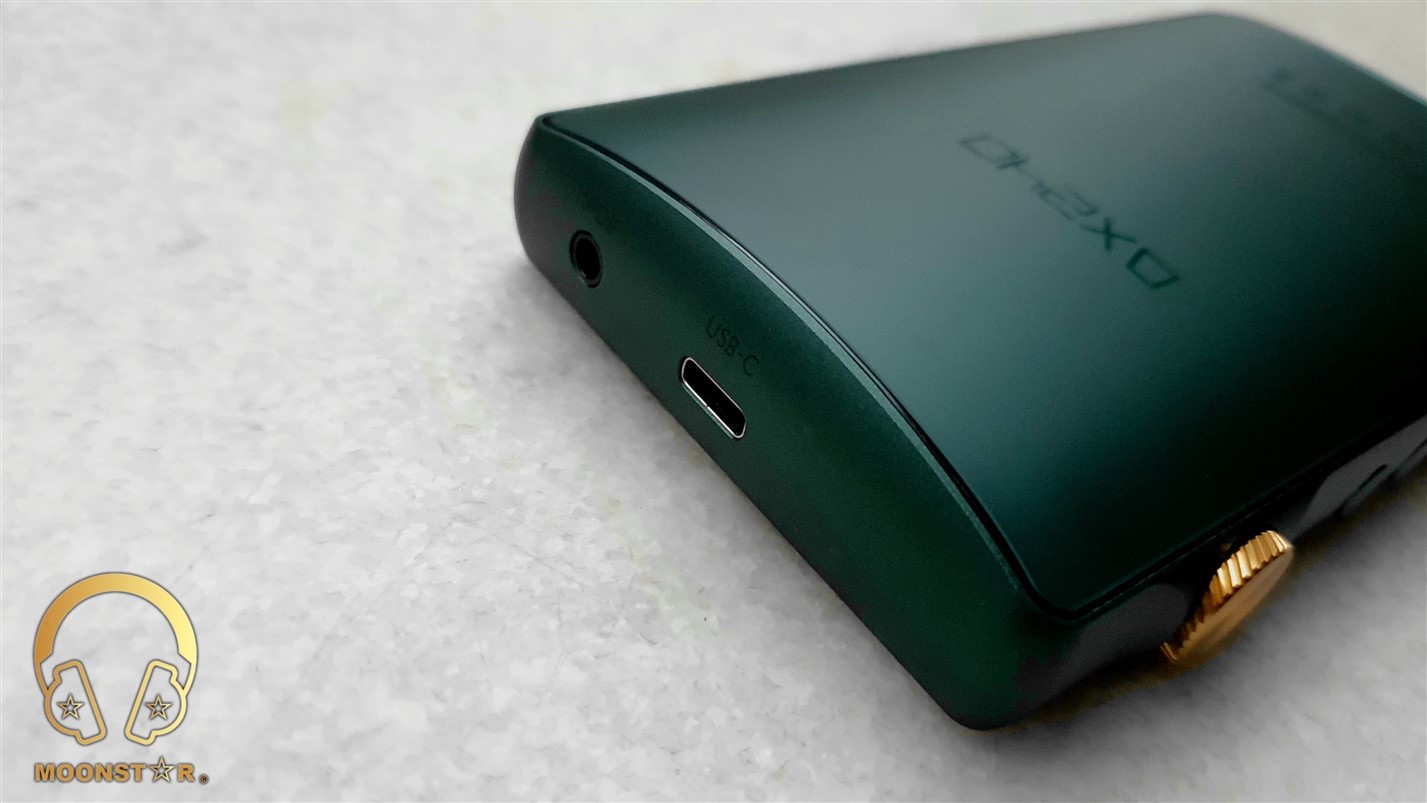
Soundstage, Imaging & Background:
The iBasso DX240 offers an excellent performance in terms of separation and placement of instruments and vocals. It shows a pretty airy and natural soundstage atmosphere with both solid sense of depth and the wideness.
The DX240 has a very clean; almost pitch black background that I have tested with my Campfire Audio Andromeda 2020, which is known as a real noise catcher. This extremely black and noise-free background makes it possible, to focus on the smallest micro-details in your songs.

Some Comparisons:
iBasso DX240 (AMP1 MK3) versus iBasso DX220 (AMP1 MK2)
The iBasso DX220 still one of my favorite portable DAP’s along with the DX300 that I highly enjoy with its detailed reference type of sound signature. The DX240 shares the same AMP module design of the DX220, which means you can use the AMP modules of the DX200, DX150 and DX220 with the DX240. However, the DX240 brings some remarkable improvements over the DX220 especially in terms of hardware and software improvements.
Noticeable improvements are a faster UI, reduced battery consumption and much more stable Wi-Fi and Bluetooth connection due to the use of the more efficient and powerful Qualcomm Snapdragon 660 SoC (System on a Chip).
When it comes to the sound, I can say that the DX220 is still highly competitive versus the DX240. Both do share a detailed, transparent and airy presentation with great sense of dynamics. The bass of the DX240 shows slightly more weight and dynamism compared to the DX220, with a tad better layering and level of decay. However, the amount of detail retrieval and sense of control is pretty close.
The midrange of both devices is pretty close in terms of tonality and overall resolution. The DX240 sounds a bit more forward when I do listen to female vocals and instruments such like violins, flutes and pianos. The lower midrange of the DX220 shows slightly less depth and intensity. The upper midrange of the DX240 is a bit more energetic and shows a tad better sense of extension. All this differences are minimal but audible, especially with IEM’s like the Campfire Audio Andromeda 2020 or iBasso IT07.
The treble range of the DX240 shows more intensity, both in the lower treble and upper treble area. The transitions from the upper midrange towards the treble area do sound nicely controlled with both devices, while the DX240 offers a bit more clarity and sense of definitions in the lower treble area. The DX220 offers a solid performance in terms of airiness and sparkle that is produced in the upper treble region, however the DX240 has the slightly edge when it comes to the resolution and extension in this area, its not a night and day difference but fairly audible in critical listening.
The soundstage performance of both the DX220 and the DX240 is pretty equal in terms of separation and placement of instruments and vocals. The DX240 offers a slightly more airy soundstage atmosphere with slightly better level of depth and wideness.

iBasso DX240 (AMP1 MK3) versus iBasso DX300 (AMP11 MK2)
The DX300 is the flagship model of the Portable DAP section from iBasso since the DX220 MAX and DX300 MAX are semi portable (transportable) devices. The DX300 looks more like a modern Smartphone with dimension’s of 162mm*77mm*17mm, compared to the DX240, which is more compact in with a size of 124mm*71.5mm*19.4mm. The DX240 is also more lightweight with 205grams versus 300grams of the DX300.
The DX300 comes with 6GB RAM and 128GB internal memory versus 4GB RAM and 64GB internal storage that the DX240 has. Another notable difference are the DAC sections, the DX300 is equipped with a Quad Cirrus Logic CS43198 Chips, while the DX240 comes with the ES9038Pro DAC Chip.
When it comes to the sound performance, I can say that the DX300 and the DX240 with their stock AMP modules to shows some minor but audible differences. The DX300 has a slightly warmer tonality with smoother highs and a fuller midrange character. Those are not night and day differences, while it’s still fairly audible.
The bass of the DX240 sounds a bit tighter and more dynamic compared to the DX300, which offers on the other hand a slightly better sense of resolution in this area. Both devices do offer a decent sense of layering and control that I have mentioned in many reviews.
The midrange of the DX300 sounds slightly warmer and fuller compared to the DX240, which has a tad brighter and energetic upper midrange character that is quite common for DAP/DAC’s with Sabre DAC Chip implementation. The lower midrange of the DX300 shows a bit more body and depth, while listen to male vocals and instruments like acoustic guitars, violas or cellos. The female vocals and instruments like violins, pianos or side flutes do sound a tad more detailed with the DX240 because of the more energetic and bright upper midrange tuning.
The both devices do offer a solid treble performance both in the lower and upper treble regions. The DX240 sounds slightly brighter in this area compared to the DX300, which is a bit more relaxed and has a bolder/denser treble character. Both the DX240 and the DX300 do offer a highly controlled and detailed treble presentation with slightly different tonality.
The soundstage of both the DX240 and DX300 is suitable for a precise placement and separation of instruments. The main difference is that the soundstage of the DX240 has slightly more wideness, while the difference in terms of depth of the stage is quite minimal.

iBasso DX240 (AMP1 MK3) versus Sony WM1A (Stock FW)
The Sony WM1A is one of the most popular Digital Audio Player’s among audiophiles that has been released in the year 2016 together with the flagship model WM1Z. It is a solid piece of gear made of a single block of aluminum material that features an Oxygen-Free copper cabling. It comes with Sony’s own Linux based software, which means no third party applications such like Spotify, Tidal or Apple Music. The touch controlled UI is responsive, however it cannot now compete with iBasso’s Open Android based UI that is powered with a quite powerful SoC, the Snapdragon 660.
The Sony WM1A shows a warmer overall tonality and sounds less dynamic in direct comparison to the iBasso DX240. The bass of the WM1A shows slightly more depth and body, while the DX240 gives a better sense of clarity and authority in this area. The resolution and layering is pretty on par, however I can say the DX240 has the slightly edge when it comes to the overall control in this area.
The midrange of the Sony WM1A has a slightly warmer tonality and shows more weight in the lower midrange, which gives it the slightly edge when I do listen to male vocals or to instruments like cellos or electro guitars.
The iBasso DX240 is superior when it comes to the upper midrange presentation, since it offers a better level of clarity and resolution that was quite noticeable with female vocals. Instruments like a violins, saxophones or pianos are reproduced with a higher sense of extension and detail retrieval when I listen to them with the DX240.
The treble range of both of these devices shows a good level of airiness and extension. However, the iBasso DX240 offers a better sense of refinement and also has the upper hand when I do listen to treble intensive instruments such like snare drums, cymbals or flutes.
The soundstage of the iBasso DX240 shows a better level of wideness and airiness, while the WM1A has the slightly edge when it comes to the depth of the stage.

Conclusion:
The iBasso DX240 is an impressive Portable Digital Audio Player both in terms of sound performance as well as, hardware and overall build quality. It shows a carefully tuned sound character that will satisfy most audiophile with its dynamic and controlled bass response, highly transparent and detailed midrange character and a treble tuning that shows a great level of extension, resolution and clarity. All those features making the DX240 to a solid all-rounder that you can carry wherever you go, thanks its compact and lightweight design.
Pros and Cons:
- + Very Mature and Effortless Presentation from the Lows to the Highs
- + Bass Response (Control, Resolution, Layering)
- + Highly Detailed Midrange with Decent Sense of Clarity
- + Sharp yet Controlled Treble Response with good level of Extension and Resolution
- + Compact Size, Lightweight Design
- + Great Battery Life + Stabile Connectivity
- + Snapdragon 660 = Very Fluid GUI
- + AMP Module Compatibility
- – Stock AMP1 MK3 doesn’t features 4.4mm Balanced Out (you can buy the AMP8 Module)
- – Display doesn’t supports Double Tap to Wake function
- – Comes with a Silicone Case instead of Leather Case
Thank you for the Read!


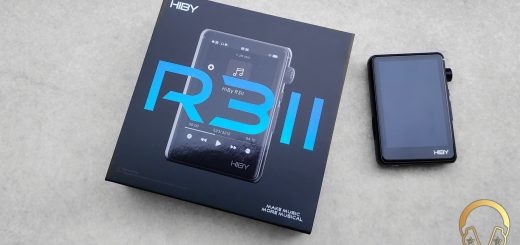
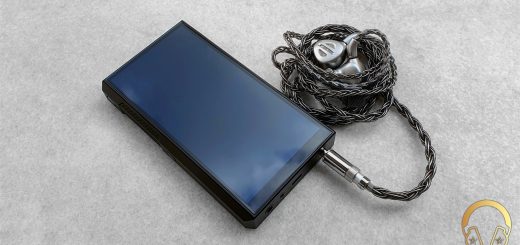








Great review sir . If you have to choose between DX240 and DX300 both with stock amp . Which one do you prefer ?
Thank you! It’s a bit hard to choose between the two devices since both do sound excellent and it’s a matter of personal preference, since they have their own flavour. However, if you have a tighter budget and do prefer a slightly brighter and dynamic presentation that is typically for Sabre DAC’s you can choose the DX240. It is more compact, which makes is more pocket friendly. But if you can afford the DX300 it will definitely satisfy you, because it offers more RAM, internal storage and a large screen that looks fantastic. Cheers!
Thanks for the reply. I currently have the DX300 (Amp11 mk2) , i do enjoy the wide soundstage and warm signature but sometimes i do crave that forward mids and punchy low end from the sabre dac (Im comparing with my LG V50 only) . Maybe Amp12 or new ones in the future will give me more of those characteristics .
You are welcome! I would go for new AMP module’s since it more cost effective, or you may wait for the the new flagships (don’t know if one will released in the near future) that should have possibly the lastest Sabre DAC. Cheers!
hello sir, i like hiby r3 pro saber, its a good thing if i sell my hiby and move to ibasso dx240?
or there is any other option sir?
thank you for the kind answer sir.
Hi there, the DX240 is definitely a huge upgrade over the R3 Pro. If your question is Why? I can say that you will get better audio quality in any area (detail, soundstage, clarity, etc.), access to online music services and a much more powerful device in terms of output & processing power. Cheers!
thank you for your kind answer sir, i might start checking on the local distributor.
but, as per my preference you’d still recommend me dx240 instead of dx300 right?
You are welcome! Both are excellent sounding DAP’s in terms of sound quality. The main difference is the tonality, the DX300 shows warmer tonality with more weight in the lower register. When it comes to the hardware, the DX300 has a larger screen, more ram and internal storage. However, its a larger device that is not as compact and pocket friendly as the DX240. Cheers
“In addition there are also some helpful shortcuts like PO/LO/SPDIF out switcher” – I have this unit and I cannot find this setting. Where is it?
Please excuse me for the confusion. Although the option in your question was in previous DX2xx devices, I guess it was not added to the DX240. Necessary corrections have been made. Thank you for your information. Cheers!
Thanks for the reply! I think I accidentally re-posted. Please delete. Thanks again for the great review.
You are welcome!
Does it support Tidal MQA?
Hi there, yes the DX240 supports Tidal and MQA. Cheers!